The 2016 holiday is fast approaching. That means one thing: gadget time. These are the TIME technology team’s suggestions for everything from stocking stuffers, like Nintendo’s NES Classic, to high-end cameras like Fujifilm’s X-T2. Our suggestions are sorted by budget, from least to most expensive. We’ve also included a few lines about why we like each gadget we’ve picked for the list.
KontrolFreek Vortex Thumbstick Grips ($14.99)
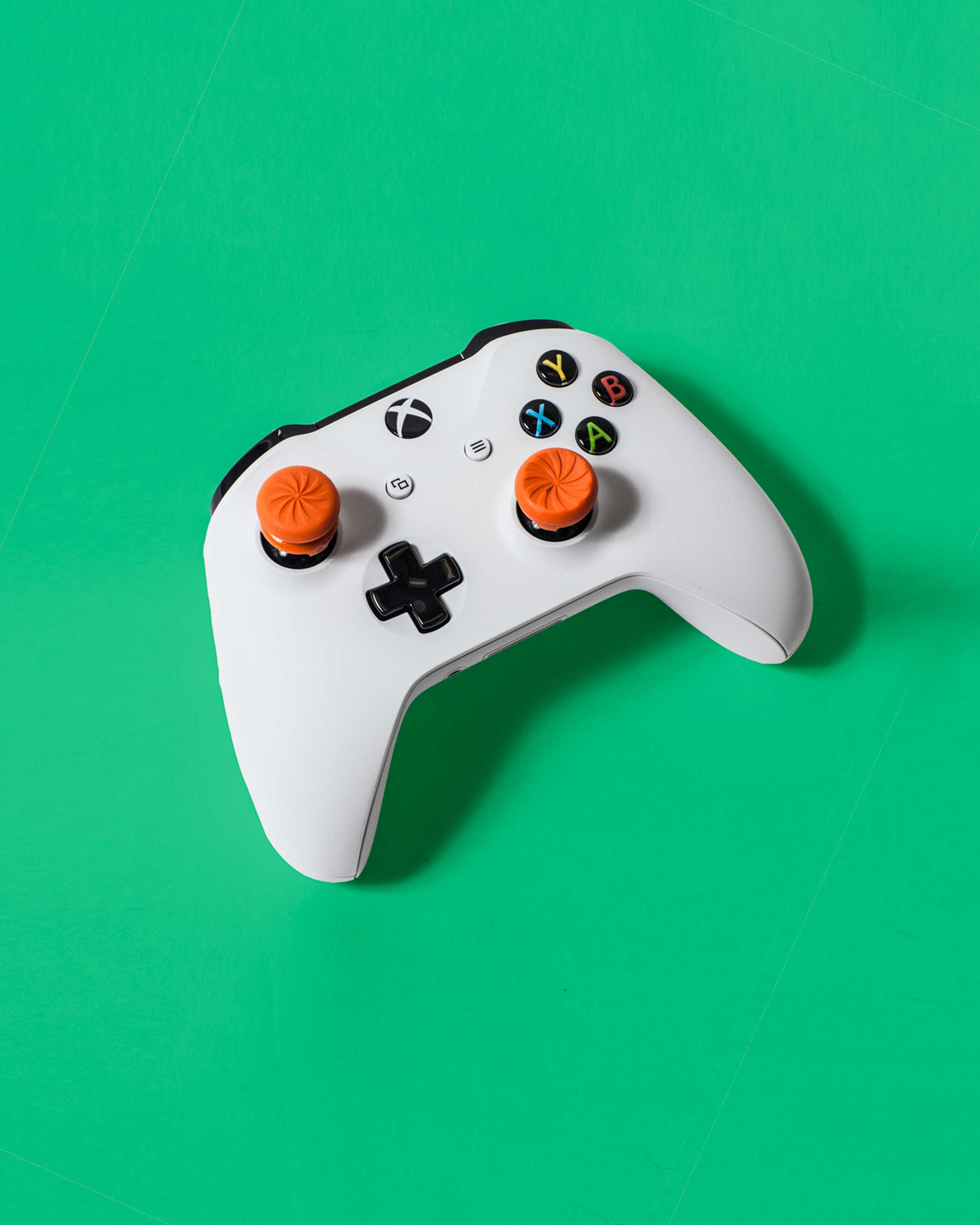
Who’s it for: Gamers looking for an edge in the latest shooter.
Why we like it: They’re a pair of neon-orange clip-on plastic extensions that make it easier to take down targets with the current or last-gen PlayStation and Xbox controllers. After using them to play games like Overwatch, Battlefield 1 and Call of Duty: Infinite Warfare, we’ll never go back.
What to know: Purists may consider using these to be cheating.
Tile Mate & Slim ($25 for Mate, $30 for Slim)
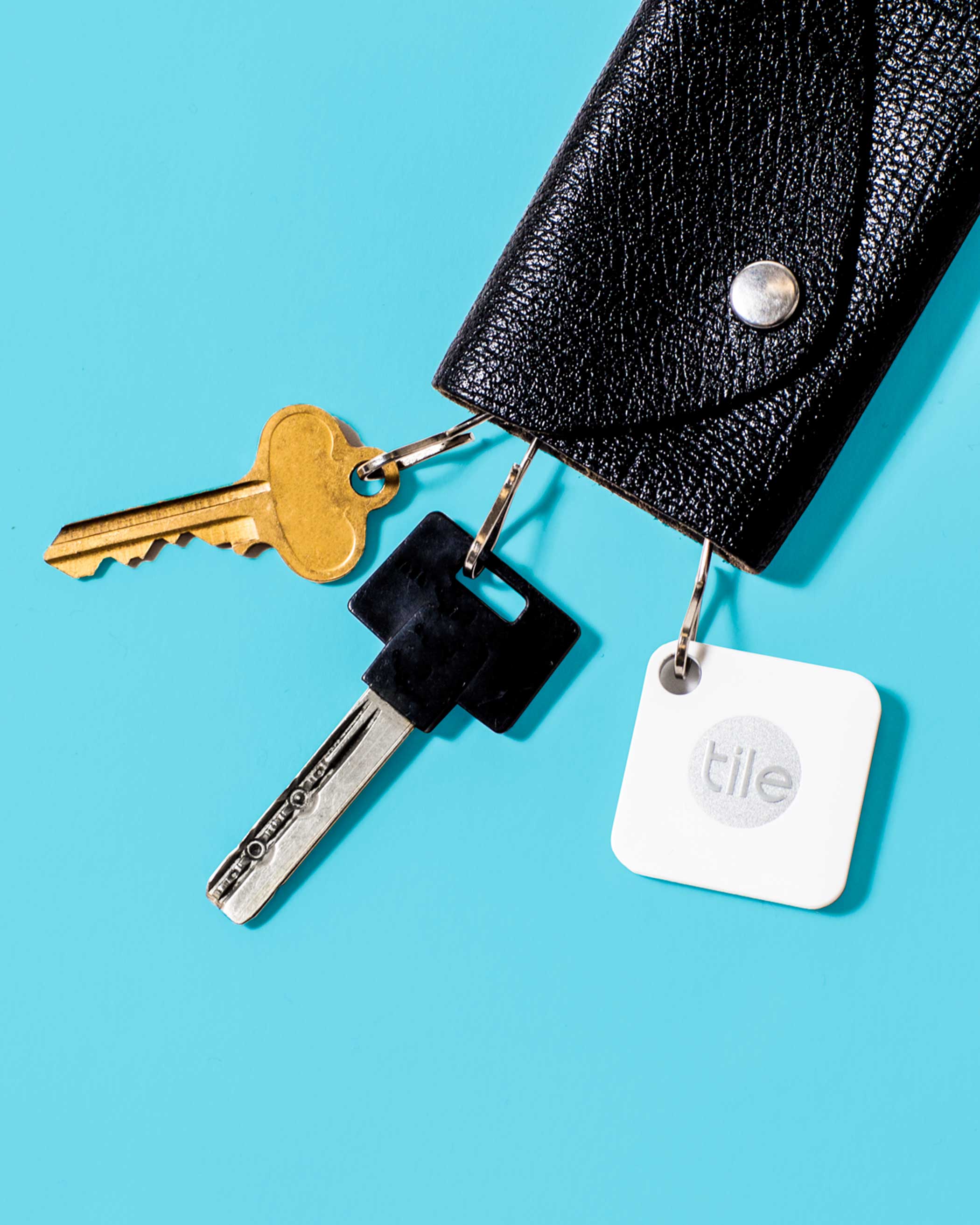
Who’s it for: That scatterbrain friend or family member who’s always misplacing something.
Why we like it: These Bluetooth-powered tags play a little song when prompted, so you can find them if they are within 100 feet of your cellphone. Now so small and inexpensive they’re practically must-owns. Tile Slim is just the width of two credit cards, letting it slip in a wallet with minimal heft, and Tile Mate is 25% smaller than the original tile — making it a perfect keychain fob.
What to know: Out of range doesn’t mean out of luck. Selecting “notify when found” taps the community of Tile owners, anonymously. So, when someone walks past your lost item, their app will detect it and report it to the service, which will reveal its location on your app.
Buy Now: $25 for Mate, $30 for Slim
Uber Gift Card ($25+)
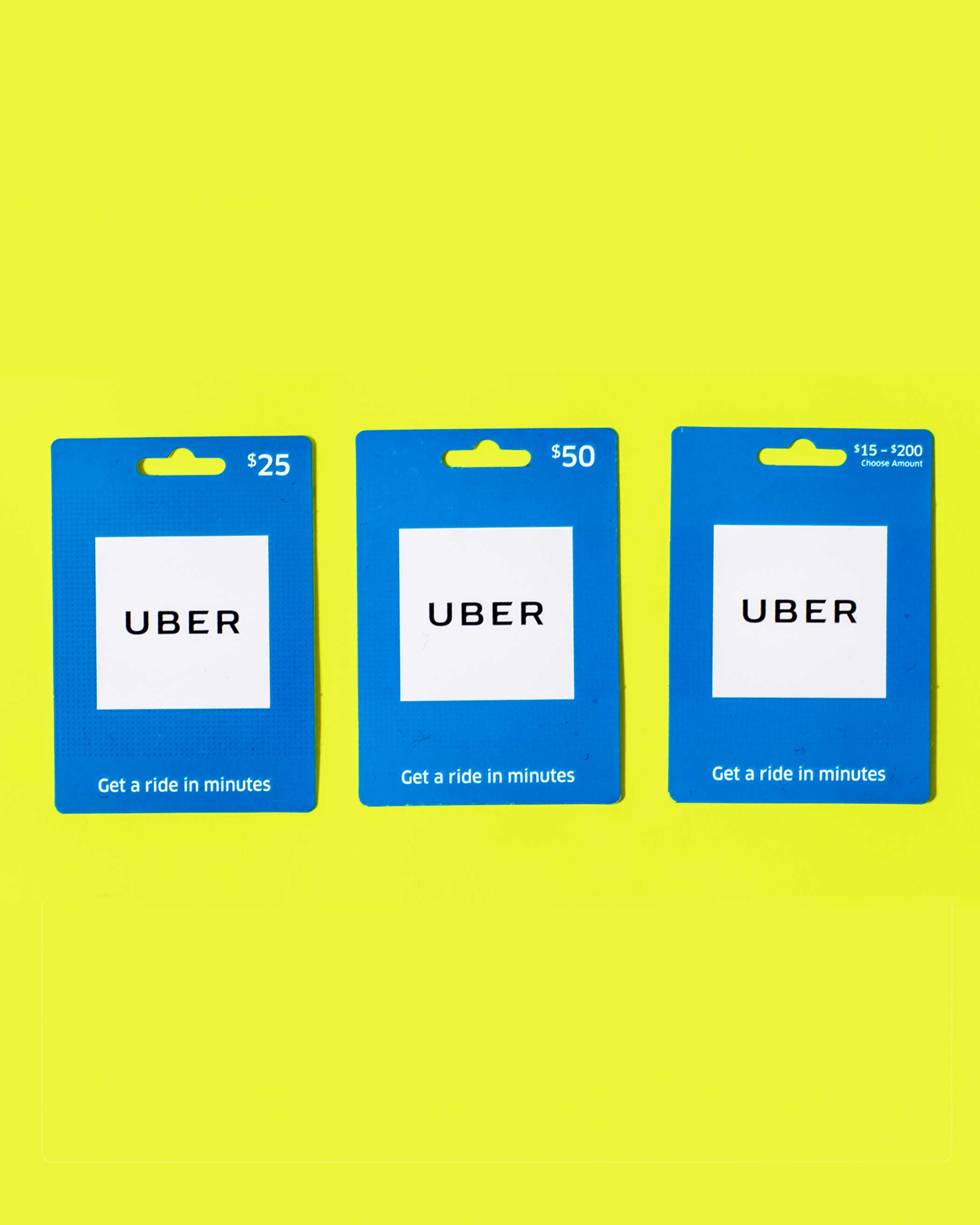
Who’s it for: Anyone who lives in an area where Uber is available, especially in cities.
Why we like it: It’s an easy way to treat a friend or family member to a free ride, since recipients just need to enter the Gift Code in the Payments section of the app. Gift cards are sold in retail chains such as Walmart, Target, and CVS. Uber gift cards can also be used toward the company’s food delivery service UberEATS.
What to know: Gift cards can’t be redeemed for UberRUSH, Uber’s courier service.
Google Chromecast ($35)

Who’s it for: Shoppers seeking a basic media player for viewing apps like Netflix, Hulu, YouTube on their TV.
Why we like it: There are plenty of affordable streaming options out there, but the Chromecast makes browsing content as easy as using your smartphone. Since the Chromecast runs compatible apps from your phone on your TV, you don’t need to log into apps on your TV or get used to a new interface.
What to know: Your phone must be nearby in order to use and control the Chromecast. While you can display any Chromecast compatible app on the TV using iPhone or Android, you can only show other phone content (photos, etc.) on your television using Android.
Selfie Stick ($39.99)
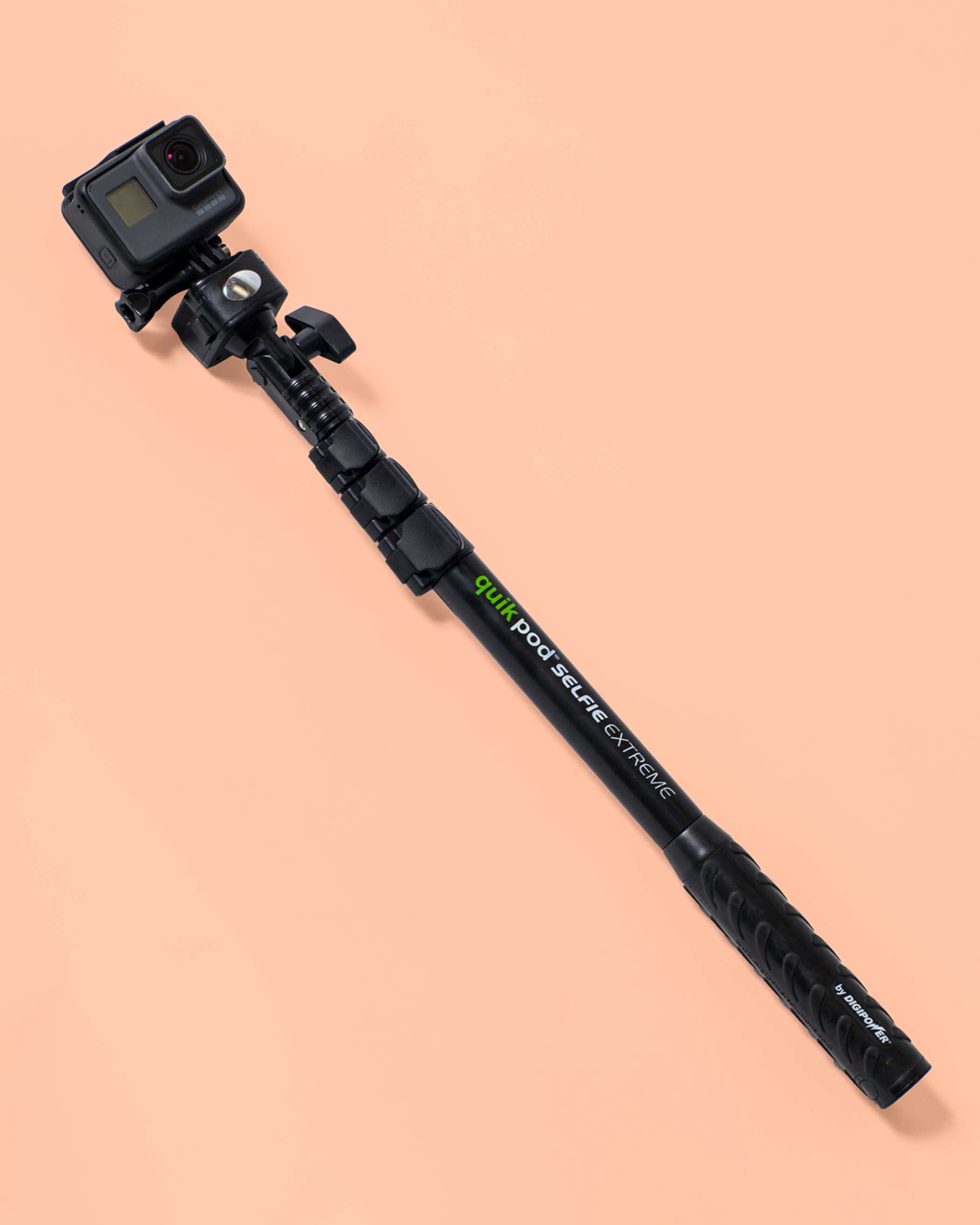
Who’s it for: Anybody who can’t stop taking selfies.
Why we like it: Ah, the selfie stick. It’s easy to make fun of them, but they’re incredibly useful gadgets for getting group photos to cherish forever. This telescoping model can do double duty as a handle, resulting in smoother and steadier video.
What to know: This model doesn’t have a shutter button, so you’ll need to use your phone or camera’s timer or time-lapse modes to take selfies with it. The pictured GoPro isn’t included, either.
Mophie Powerstation ($49.95)

Who’s it for: Anybody who wishes their phone battery would last longer (so, everybody.)
Why we like it: Accessory maker Mophie’s latest Powerstation battery packs are slimmer than ever, making them easy to stash in a backpack, purse or pocket. Even the smallest versions can completely recharge a dead phone, effectively doubling your battery life.
What to know: Newer smartphones have better battery life, so this is a safer gifting choice for somebody with an older device.
Bloxels ($49.95)

Who’s it for: Minecraft masters who are ready to build a game of their own.
Why we like it: Pairing old-school tech (think Lite Brite) with modern gear (it’s Android-, iOS-, and Kindle-compatible), Bloxels gives kids an 8-bit education on video game creation, from characters to backgrounds to boards.
What to know: This won’t help your kids learn to code (there are plenty of other toys for that), but it will teach them game design principles, which can be applied to other walks of life.
Amazon Fire Tablet ($49.99)

Who’s it for: Young kids (for games) and older users (for email and Facebook.)
Why we like it: The Amazon Fire Tablet is nowhere near as powerful as more expensive tablets, but it’s impressive given the price. It’s a great option for young kids or grandparents who want something simple for playing games, surfing Facebook or checking email. It’s also more durable than your average tablet, so it’ll take a few bumps and drops in stride.
What to know: These also work great as bedside accessories for watching Netflix or reading a book before you hit the hay.
Amazon Echo Dot ($49.99)
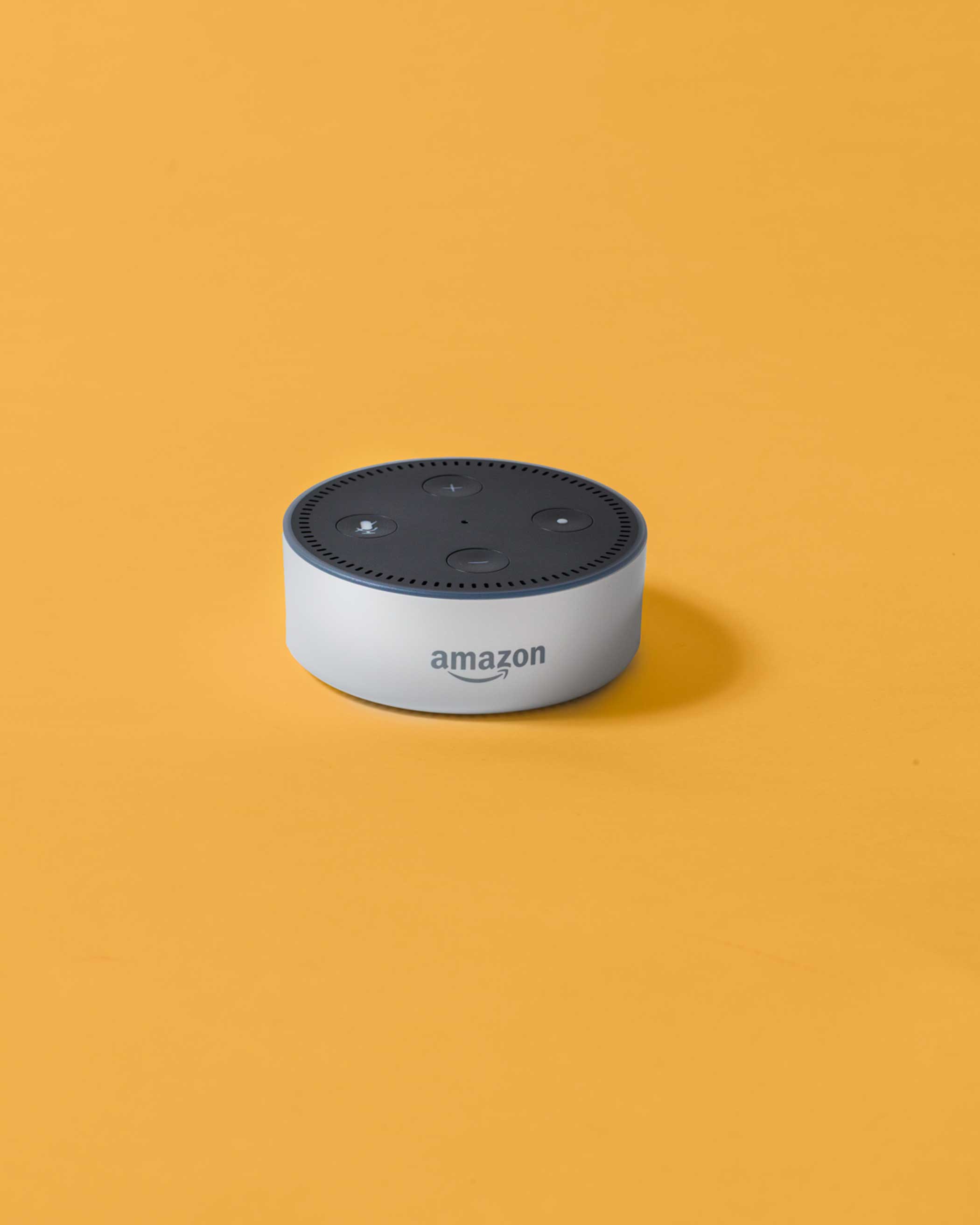
Who’s it for: Amazon Prime subscribers who have a speaker to spare.
Why we like it: Amazon Echo, the company’s original voice-enabled speaker/intelligent assistant/smart home controller, made interacting with technology easy, even fun. Its little cousin, Echo Dot, dumps the speaker in favor of a much friendlier price point. To get the full effect, users will need to connect their existing audio gear via Bluetooth or 3.5mm cable.
What to know: You can get the full smart speaker experience from the bigger, more expensive Echo.
Nintendo NES Classic Edition ($59.99)

Who’s it for: Older millennials and Gen-Xers who want to relive their glory days, or share their childhood favorites with their kids.
Why we like it: 30 of the finest video games to grace the medium, several of those design exemplars, all tucked snugly into a chip soldered onto a peewee circuitboard inside a pint-sized replica of the most iconic games console in history. That’s Nintendo’s NES Classic Edition, an ostensible paean to 8-bit playgrounds with modern HDMI video support and multimode display options (digitally crisp or wobbly retro) that buyers can have for $60. And with its replica A and B button gamepad, it’s also a chance to experience, tactilely, perhaps one last time, what the boomerang-shaped gamepads we routinely clutch for hours on end — to the point of taking their existence for granted — owe a debt to.
What to know: There’s no official way to add more games to the NES Classic Edition, meaning you’re stuck with the 30 (mostly very good) titles it ships with.
WD My Passport Ultra 1TB ($64.99)

Who’s it for: Anybody who’s bad at backing up their computer in case the worst should happen.
Why we like it: A nice big backup drive like Western Digital’s 1TB My Passport makes it easy to back up your computer — should anything happen to your PC or Mac, you’ll rest easy knowing your data is safe on this drive. The Passport is tiny, making it easy to stash away in a desk drawer when you’re done backing up, which you should do weekly or monthly, depending on how much data you’re creating. If you want to get really serious about preserving your data, keep the drive in a separate location from your computer, like a locked drawer at your office.
What to know: 1TB should be enough storage for everyday users, but photographers and other media professionals might need more capacity — or rely on a cloud service — to back up their work.
GoalZero Torch 250 ($79.99)

Who’s it for: Campers, dog-walkers, emergency preppers — basically anyone who might need to see in the dark.
Why we like it: Chargeable via USB, solar, or a hand crank, this multi-purpose torch, flood, and emergency light will never run out of power, even if the electricity is out. Its 4400mAh battery can provide up to 48 hours of light—unless you tap it to recharge your phone (which could be a life-saving feature.)
What to know: It’s not very ergonomic and won’t likely fit in a glove box, the perfect place for an emergency gadget like this.
UE Roll 2 Bluetooth Speaker ($99.99)

Who’s it for: Music fans who never sit still.
Why we like it: Small, versatile, and waterproof, this burger-sized Bluetooth speaker is a modern-day boombox. Its nine hours of battery life will outlast any picnic or pool party. And for bigger sound a single mobile phone can pair with two Roll2s simultaneously.
What to know: The Roll 2’s IPX7 waterproof rating means it can survive a 30-minute soak in up to a meter of water. That means it’s great for the bathtub, but not the deep end.
Roku Premiere+ ($99.99)
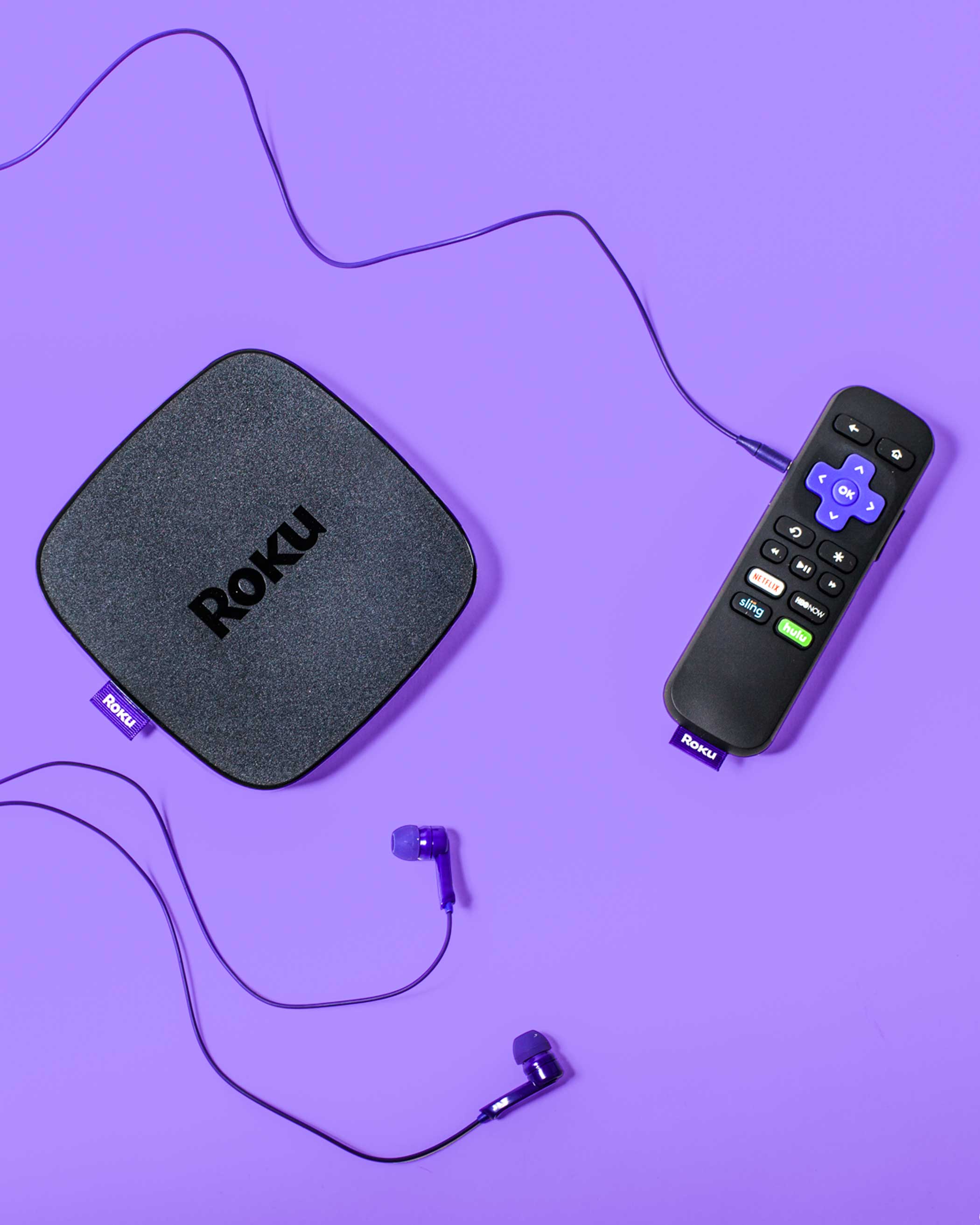
Who’s it for: Cable cutters who don’t want to miss a thing on TV.
Why we like it: Ultra high-definition video might not be available on every streaming service yet, but with 4K and HDR capability, this box has the specs to make your TV look great, whenever it arrives. And if you don’t have a 4K set yet, don’t worry. Costing just $99 the Premiere+ won’t break the bank, you can buy one now to future-proof your entertainment center.
What to know: Jealous of Apple TV’s voice remote? Don’t be. Roku Ultra offers the same feature on its remote for $30 more — and it’s got 4K, which Apple’s set top box doesn’t.
Samsung Gear VR ($99.99)

Who’s it for: Anyone with a compatible Samsung phone who’s curious about virtual reality but isn’t ready to sink hundreds of dollars into a high-end setup.
Why we like it: The Gear VR is an affordable virtual reality headset that offers a vivid enough experience for those interested in trying out VR. Since it’s powered by your smartphone, wearers don’t have to deal with an extensive setup process or dangling wires. It also runs apps from the Oculus store, which is flush with options.
What to know: The Gear VR‘s cheaper price means it comes with limitations compared to headsets like the Oculus Rift ($599.99), HTC Vive ($799.99), and PlayStation VR ($399.99). It can’t track your body’s movement in virtual space, restricting how you can interact with objects and characters in VR. It also doesn’t include a dedicated remote for VR or support motion controls, meaning you can’t wave, duck, or point at objects in games.
Kindle Paperwhite ($119.99)
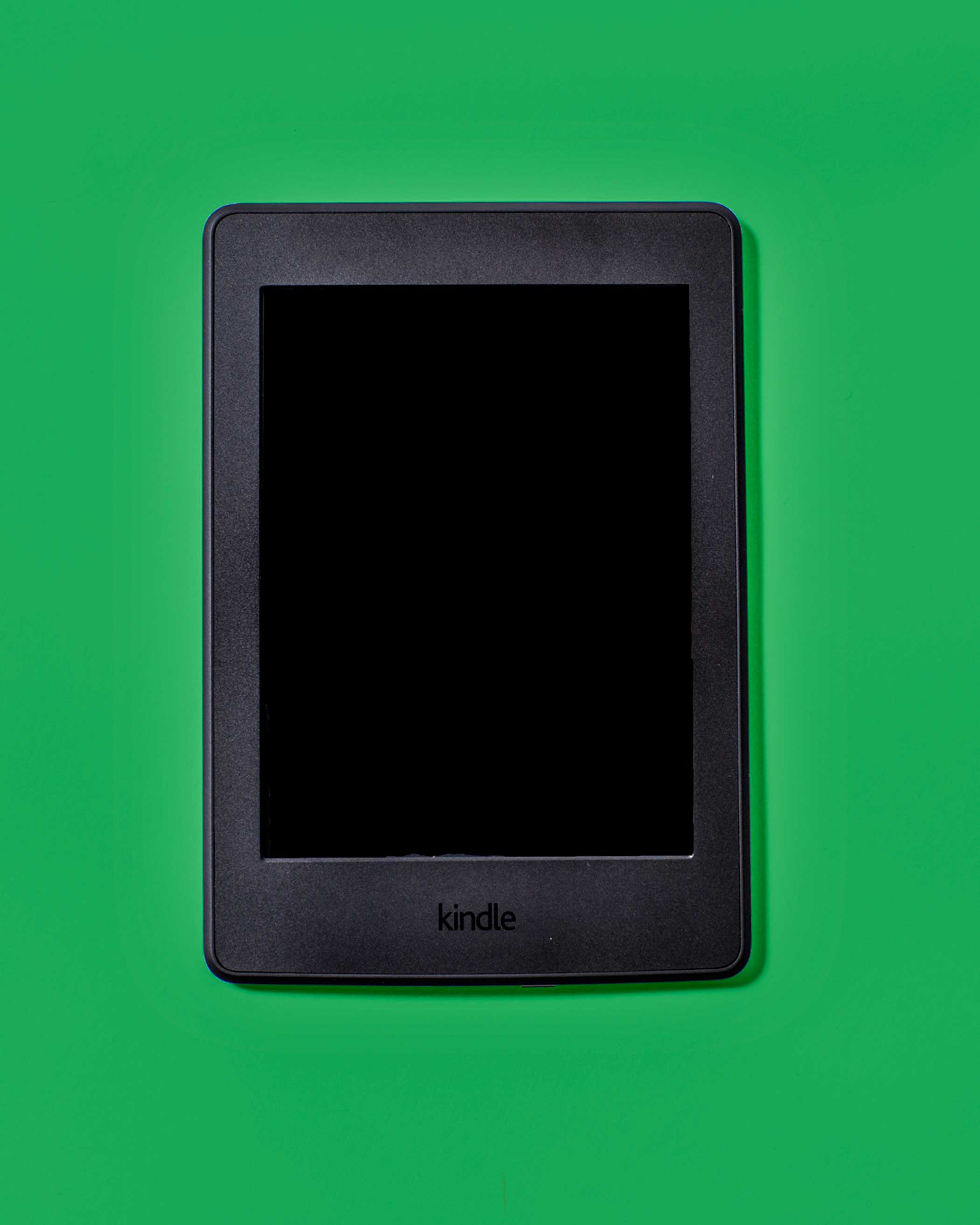
Who’s it for: Those who want an affordable and reliable e-reader.
Why we like it: The Kindle Paperwhite’s screen is just as sharp as its more expensive siblings and offers many of the same features. Its battery is long lasting and is compatible with Amazon’s massive e-book library.
What to know: It doesn’t have an adaptive backlight, and its screen isn’t as bright as those of the Voyage and Oasis. There are no dedicated buttons or sensors for page turning.
Plantronics BackBeat FIT ($129.99)

Who’s it for: Fitness devotee whose pounding workouts don’t comport with easily jettisoned ear buds.
Why we like it: In this price range, Plantronics’ sweat-proof and stylish BackBeat Fit (with Bluetooth and integrated mic) is unsurpassed. It’s unusually comfortable, offers solid bass as well as decent volume power, and respectable battery life in the 7 to 8 hour range.
What to know: The behind-the-neck cord can be annoying.
Fitbit Charge 2 ($149.95)
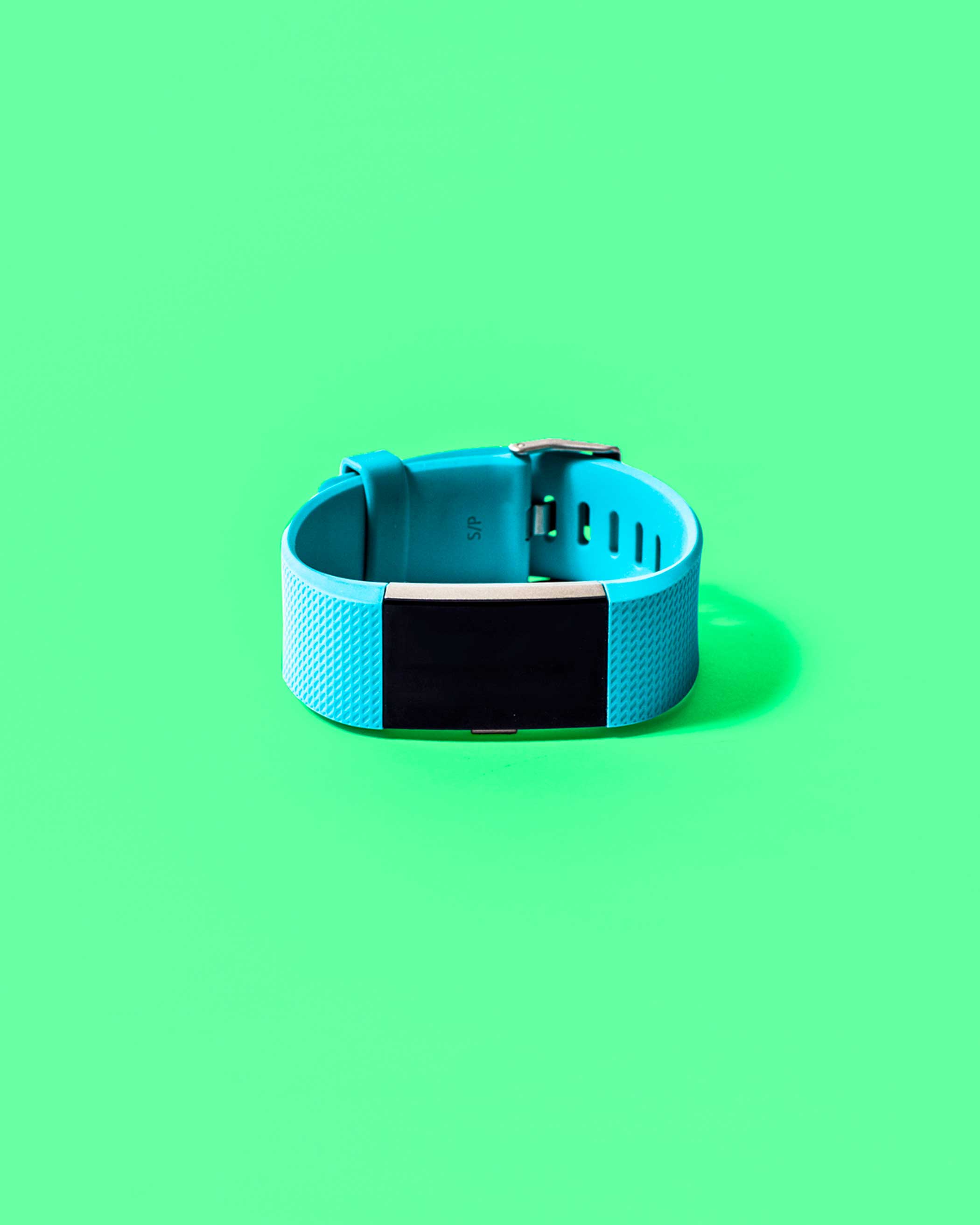
Who’s it for: Those looking for a simple fitness tracker that goes beyond basic step tracking.
Why we like it: The Fitbit Charge 2 is a modest refresh of the company’s most popular band that brings a host of improvements, including a bigger display and new features that help provide a more complete picture of your health. The larger screen alone makes it more useful for keeping an eye on smartphone notifications throughout the day.
What to know: Avid runners might want to look elsewhere if they want to track their routes without their phone. It’s also not possible to remotely control music playback through the Charge 2.
Nomad Horween Leather Charging Wallet ($149.95)

Who’s it for: Any man with a iPhone.
Why we like it: Carrying around a spare battery can be a drag, but stitching one into a wallet is brilliant. This bi-fold doesn’t just pack a 2,400mAh battery and the usual slots for cash and cards, it also integrates an Apple Lightning cable to charge your phone in a pinch. The Horween leather is a great touch, aging beautifully and making the wallet seem much a non-gadget.
What to know: The battery is built into the bi-fold’s hinge, making it a little longer (but no thicker) than most wallets. If size matters, the slim version fits in both front and back pants pockets and costs $30 less.
Razer Turret Mouse & Keyboard ($159.99)
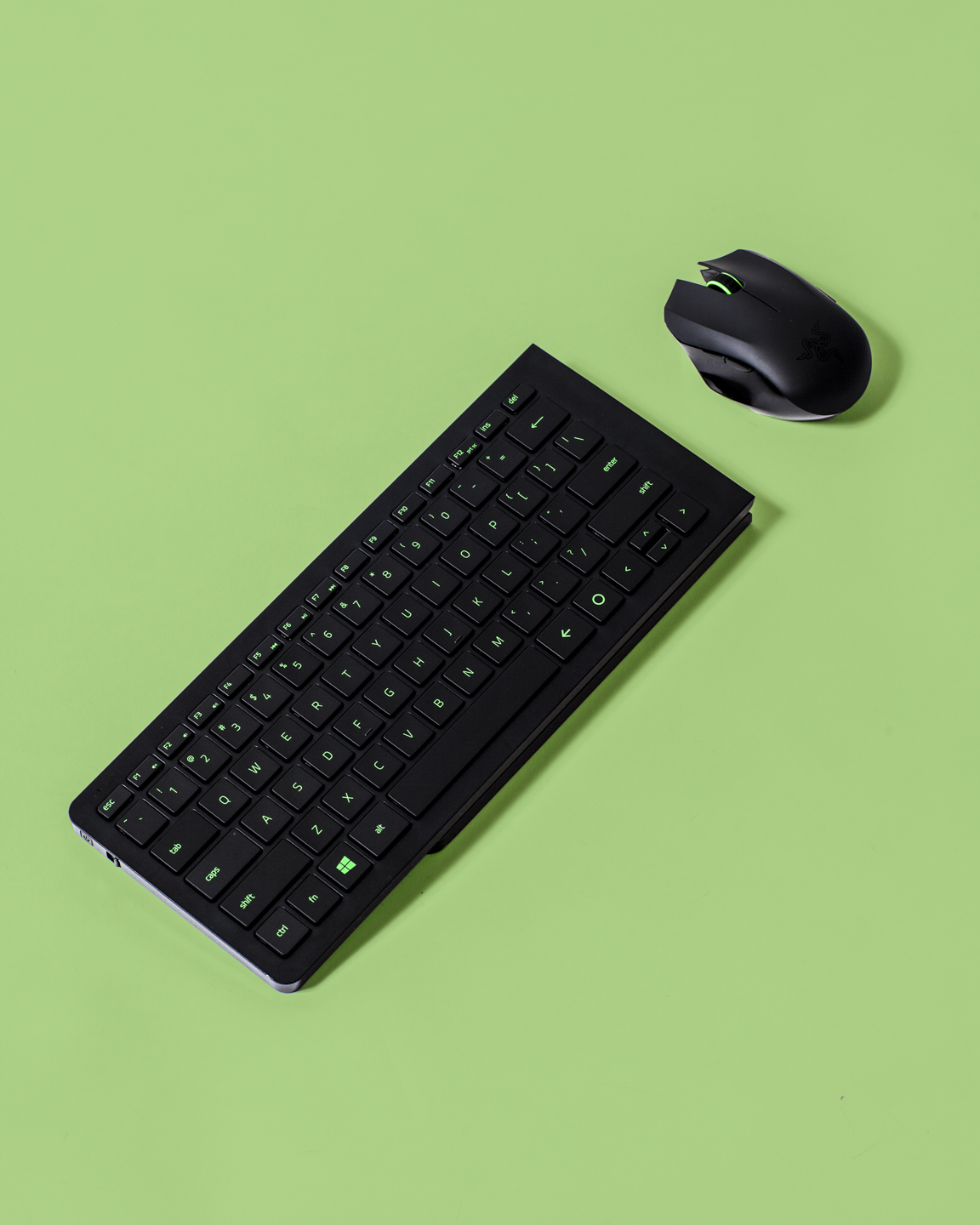
Who’s it for: PC gamers who want to get off their chairs and head to…the couch.
Why we like it: This $160 wireless lapboard and mouse’s only noteworthy flaw is its lack of a backlit keyboard. Otherwise it’s the slickest way to interface with a big-screen-connected gaming PC from the of a comfy chair. The durable, quiet chiclet keyboard folds in half and docks snugly in a vertical stand, as does the mouse. If you’ve dreamed of playing a game like Civilization VI at 4K resolution on a 50 or 60 inch screen, this is how to get it done.
What to know: This keyboard is fine for gaming, but it’s not something you’ll want to write a senior thesis on.
Even H1 Headphones ($179)
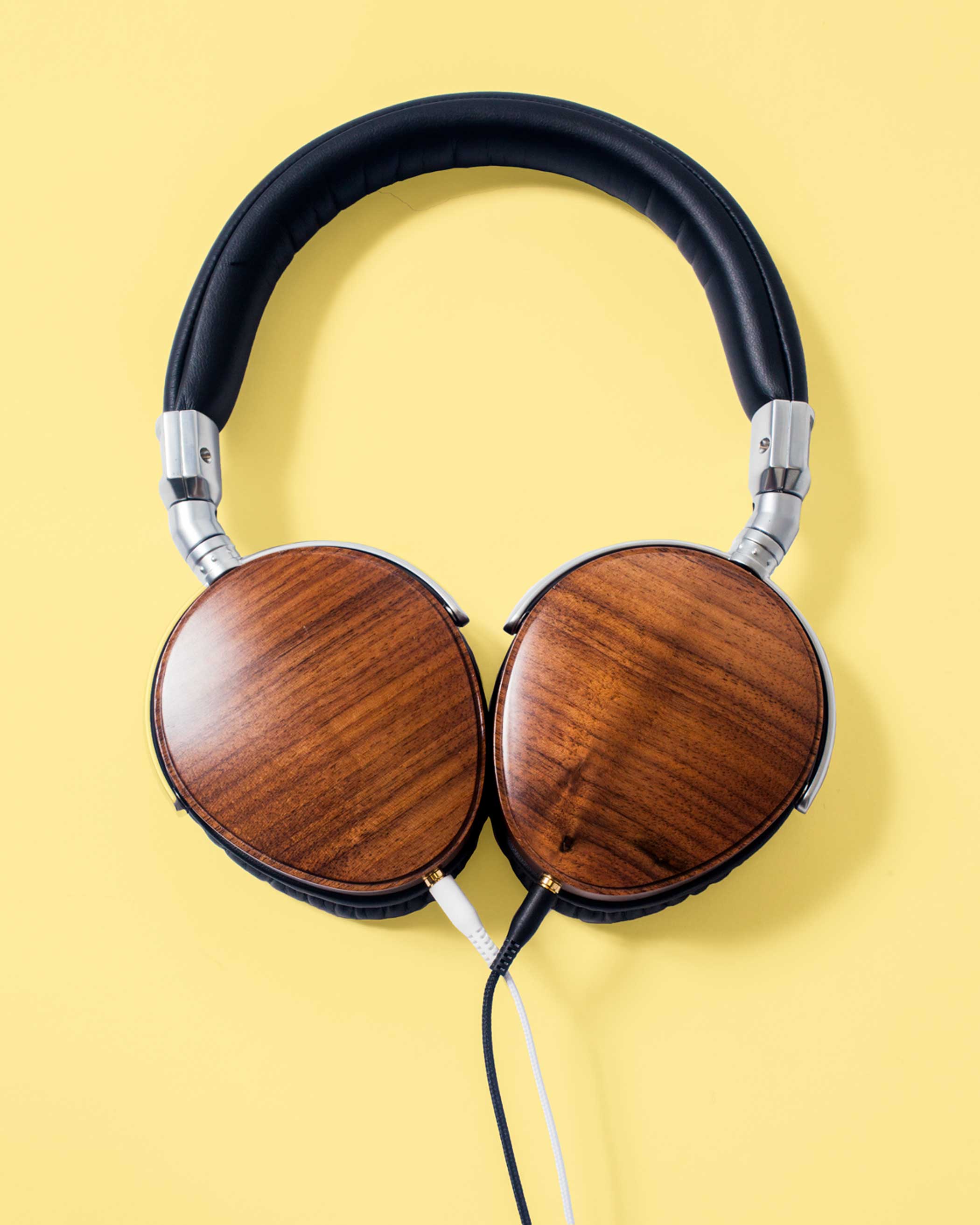
Who’s it for: Music fans who say today’s tunes sound terrible.
Why we like it: For the $179, the H1’s comfy headband, soft ear pads, and rich mahogany cups are already a nice deal. But these cans also pack customizable “earprint technology” that lets you tune them to your distinct hearing preferences, bringing out all the nuance that gets muddled out by MP3s and streaming music.
What to know: Even’s H1s are hard-wired cans that don’t have Bluetooth or Apple’s Lightning connector cable, so iPhone 7 owners will need to use Apple’s included adapter.
Jaybird Freedom Wireless ($179.99)

Who’s it for: Earbud fans anxious to be free from wires and extra heft.
Why we like it: When it comes to fit, in-ear headphones are hit or miss. But the Jaybirds come with all the necessary hardware to ensure they’ll stay put. The sweat-proof, metal design means they’re tougher than they look, and they sound great too. If it wasn’t for the string-thick audio cable running across your neck, you wouldn’t know they were there.
What to know: The four-hour battery isn’t all it’s cracked up to be. The headphones have four hours of life on their own, and four more with the (bulkier) charger clip attached.
Fujifilm Instax Share SP-2 ($199.95)

Who’s it for: People who take lots of smartphone photos and want to have something to stick on the fridge.
Why we like it: We all carry pretty great cameras in our pockets all day, meaning we take way more photos than we used to. But too many of those photos live solely on Facebook and Instagram. With the Instax Share SP-2, you can quickly and easily make printouts of your smartphone photos to give to a friend or keep as a memento of a special occasion.
What to know: Instax film costs about $0.75 per print, which can be much more expensive than sending your photos to an online printing service or visiting your local convenience store with photo kiosk.
Littlebits Gizmos & Gadgets 2nd Edition ($199.95)

Who’s it for: Tablet-toting kids who love tech, but need less screen time.
Why we like it: Tapping into new levels of kids’ creativity, this 70-piece kit has everything curious minds need to invent new ways to slay boredom. But more than just a pile of widgets, Littlebits also provides projects aplenty, helping to teach little ones the ins-and-outs of electronics.
What to know: Like with LEGOs, there are a variety of different bits and accessories to buy. You’re not giving them a game; you’re giving them a hobby.
AKG N60 NC ($199.95)
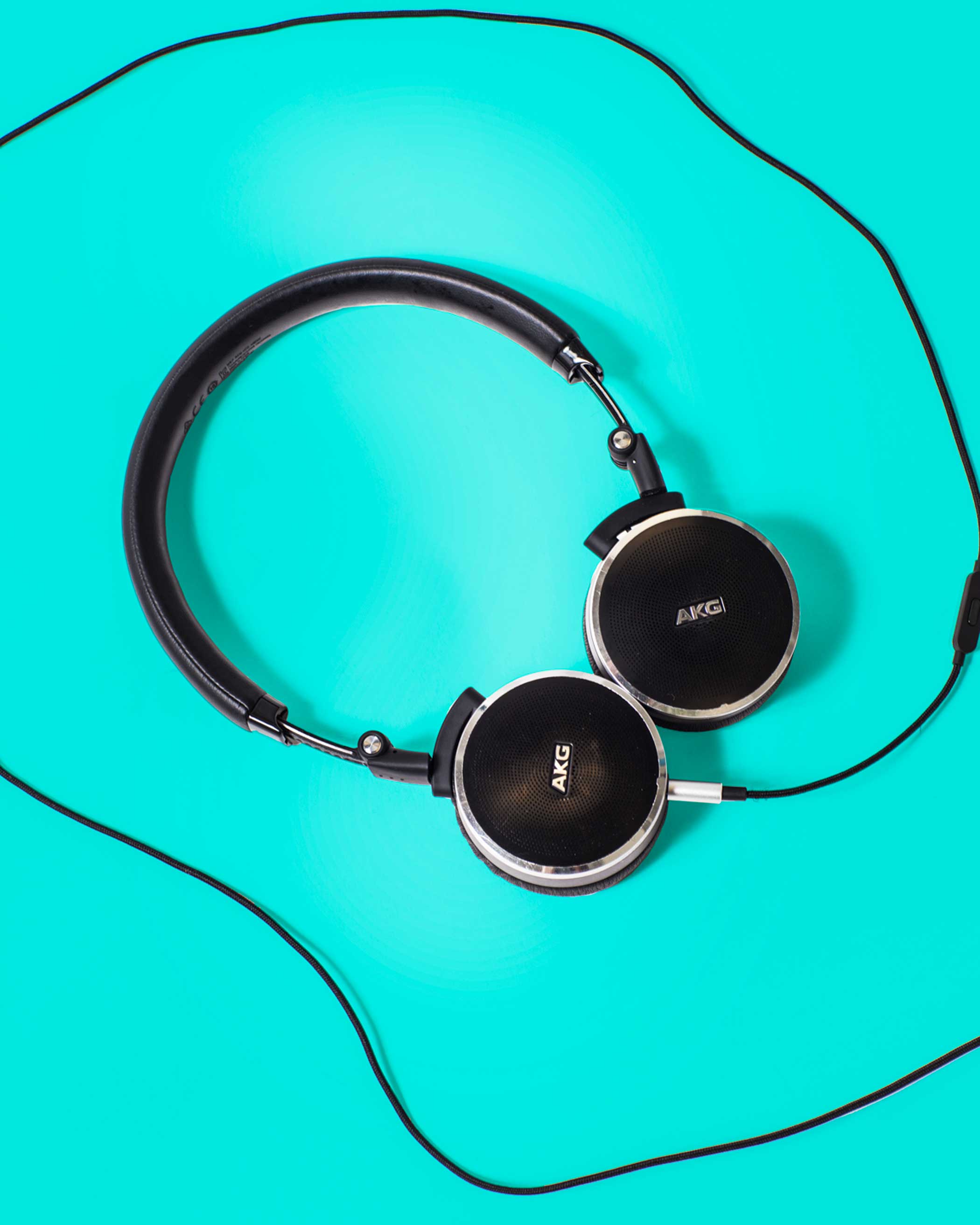
Who’s it for: Music fans who want sleek-looking, noise-cancelling headphones.
Why we like it: The AKG N60 NCs are a terrific-sounding pair of noise cancelling headphones for a reasonable price. The cord is detachable, meaning it can be easily replaced if the connectors ever wear down from lots of use. They have great battery life, but even if you forget to charge them, you can still use them as normal headphones without the active noise cancellation.
What to know: These aren’t Bluetooth headphones, so iPhone 7 buyers will need to use them with Apple’s included adapter.
New Nintendo 3DS XL ($199.99)

Who’s it for: Nintendo fans, young kids, and gamers looking for a mobile option beyond their smartphone.
Why we like it: The best version of Nintendo’s 3DS remains the finest gaming handheld in the industry, bar none. Super Mario 3D Land, The Legend of Zelda: Majora’s Mask, Fire Emblem Fates, Monster Hunter Generations, and Pokemon Sun and Moon are only available here. And when you consider what some pay to upgrade smartphones or tablets annually — as a devoted gaming device with deterministic inputs, touch screens have nothing on this thing — at just $200, it’s arguably a steal.
What to know: Nintendo’s upcoming Switch console, due out in March 2017, also offers portable gameplay, so it’s unclear if it’ll be worth owning both it and a 3DS.
Canary Flex ($199.99)
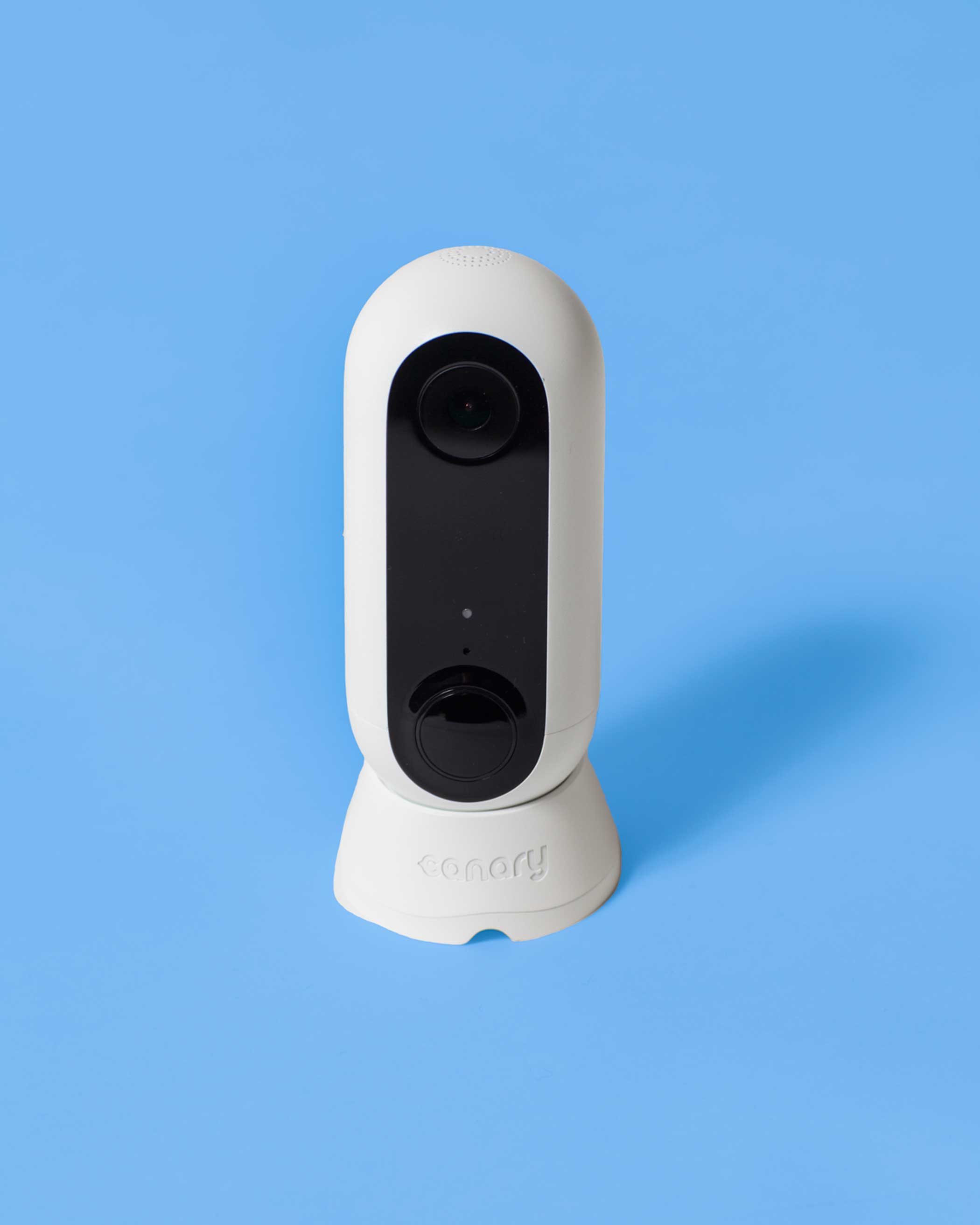
Who’s it for: Anyone looking for an extra set of eyes, indoors and out.
Why we like it: Weatherproof and wireless, it can be placed outdoors, but with a wired connection and slick design, it doesn’t raise eyebrows inside.
What to know: Enabling Canary’s geofencing capabilities means the camera can be shut off when you arrive home to preserve your privacy, but the trade-off is that the company knows your location.
Moto G4 ($199.99)
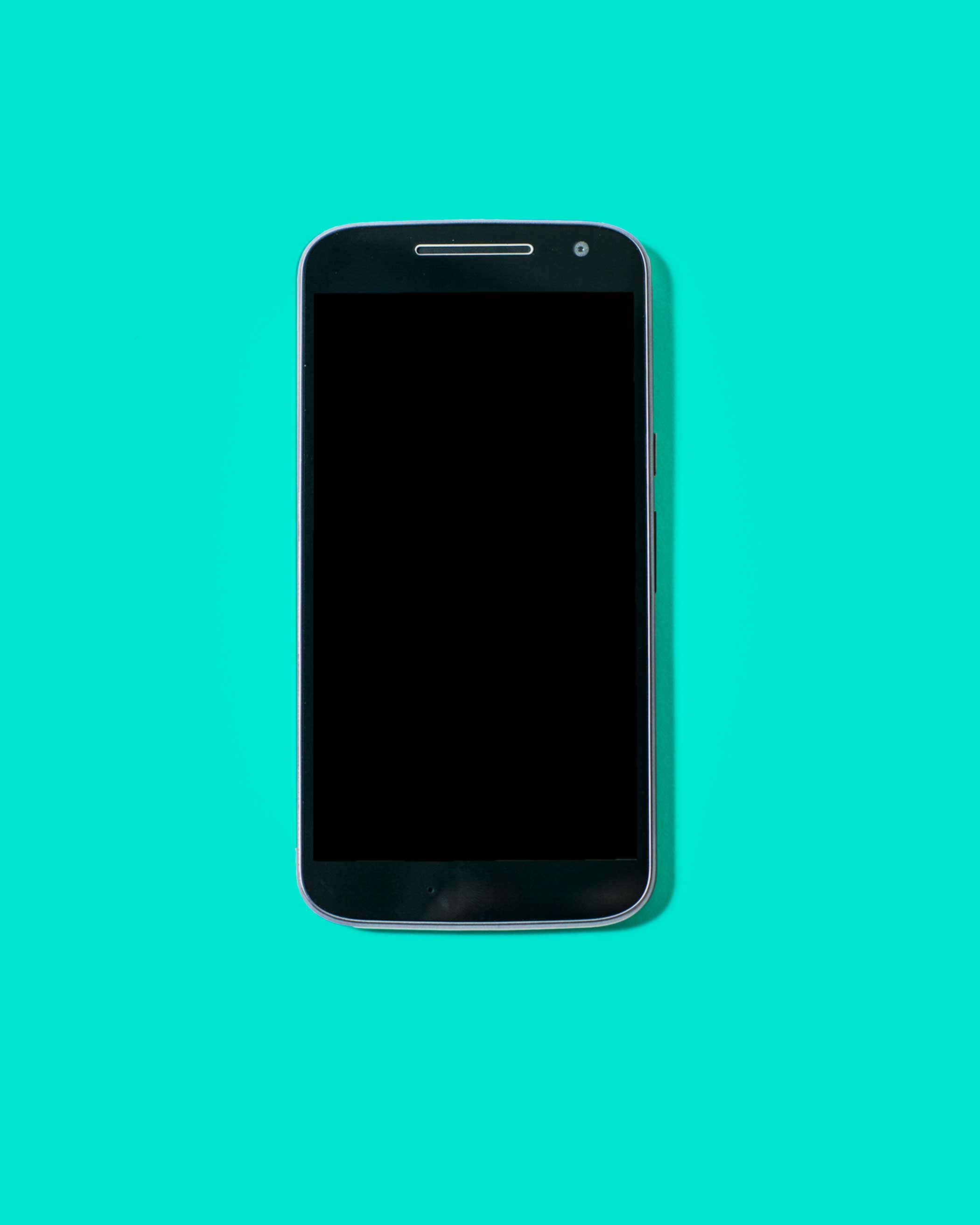
Who’s it for: Anybody who wants a good phone but doesn’t need all the bells and whistles.
Why we like it: The Moto G is proof that you don’t need to spend $700 on a smartphone to get a great experience. Considering the price, it’s an all-around solid performer. Think of it as the Toyota Corolla of smartphones: It gets the job done, it looks good, and it won’t break the bank.
What to know: The Moto G’s camera isn’t great in low light, so if you’re shopping for a mobile photography fan, you might want to look elsewhere.
Acer Chromebook R11 ($269.99)
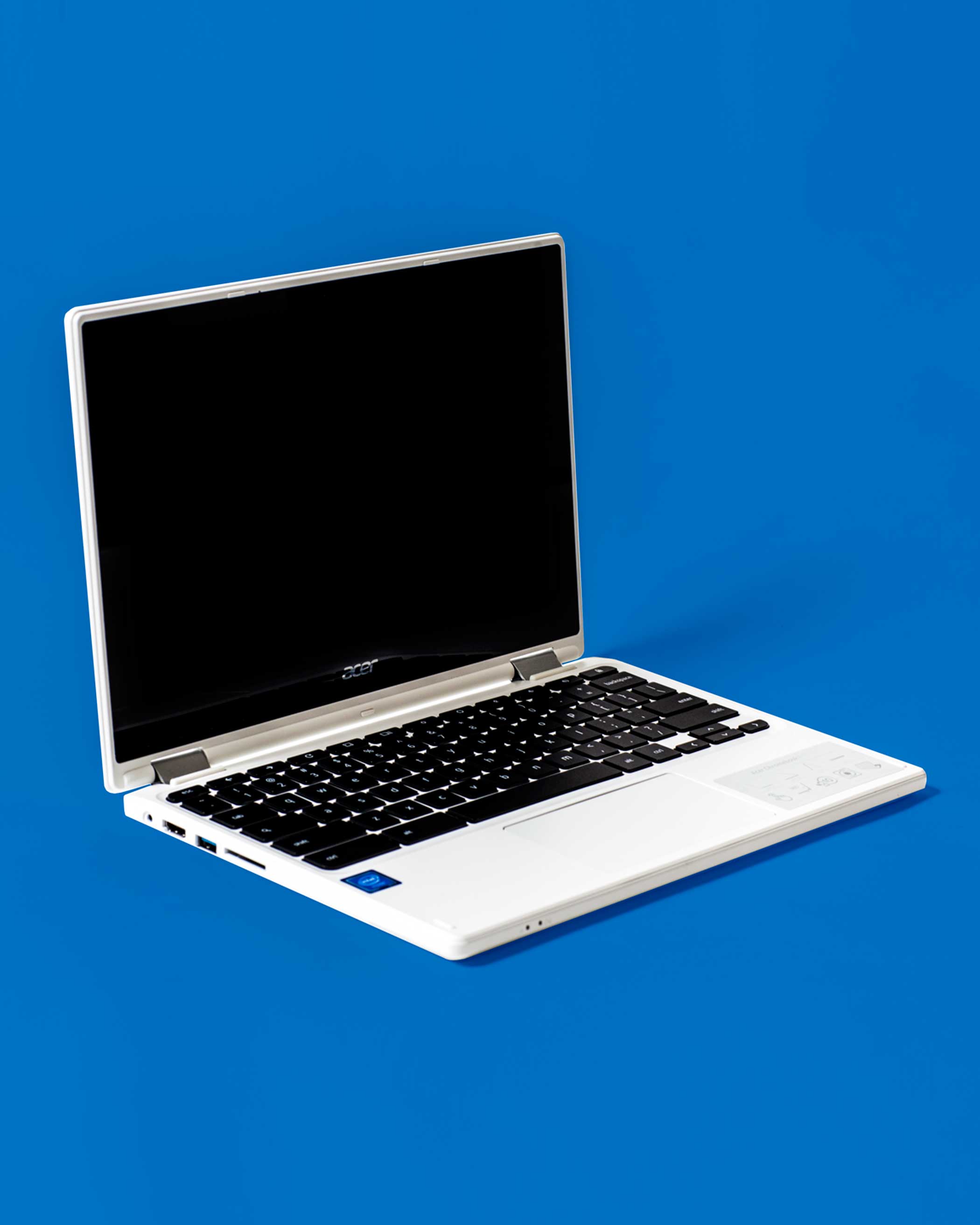
Who’s it for: Those who need an affordable and reliable laptop primarily for using the Internet.
Why we like it: For its price, the Chromebook R11 adequately covers all of the basics: a comfortable keyboard, a fluid trackpad, and a touchscreen that’s sharp enough to to make for watching videos and viewing photos. The R11’s display can also fold backwards, transforming into a tablet.
What to know: Because it’s a Chromebook, the R11’s functionality will be limited when there’s no Internet connection.
Apple Watch ($269+ for Series 1, $369+ for Series 2)
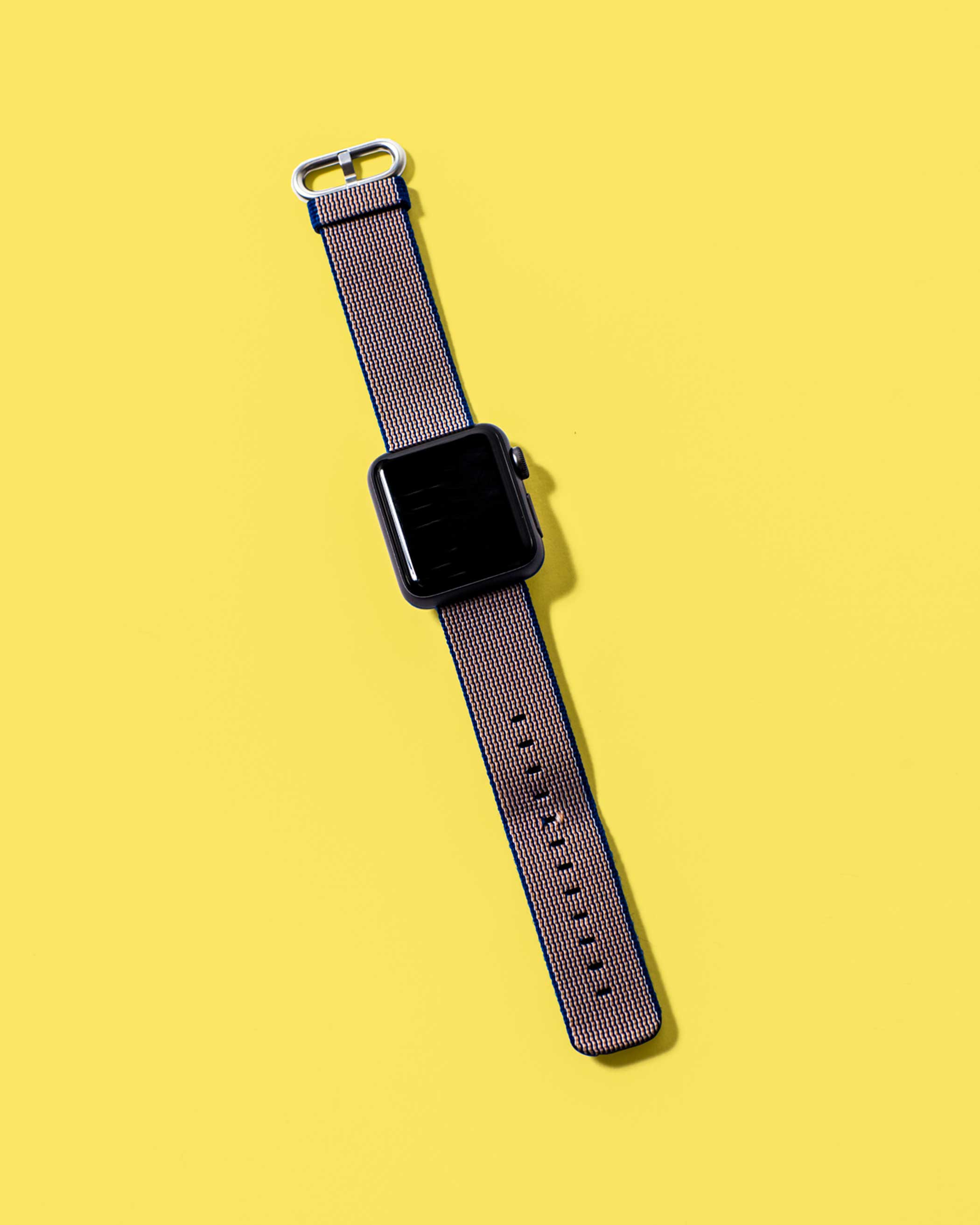
Who’s it for: Apple devotees who want a smartwatch with fitness tracking features.
Why we like it: The Apple Watch’s relatively slim design, easy to navigate interface, and versatility make it one of the best smartwatches available. Fitness nuts, particularly runners and swimmers, might want to opt for the more expensive $369 Series 2, which is water resistant, includes built-in GPS tracking, and has general performance enhancements. But the cheaper $269 first generation watch offers a very similar experience at a more affordable price.
What to know: Although the Apple Watch frees you from having to reach for your phone to check your texts, you still need to have your iPhone nearby to get the most out of it.
Buy Now: $269+ for Series 1, $369+ for Series 2
Xbox One S ($299.99)

Who’s it for: Xbox gamers looking for an upgrade or people buying into Microsoft’s gaming ecosystem for the first time.
Why we like it: Microsoft’s newer, slimmer Xbox One S is what the Xbox One should have been three years ago. There’s no bundled, controversy-laden Kinect peripheral. It’s able to rest in your entertainment center horizontally or vertically. It’s compact and thermally tepid, with the power supply built-in. It includes a finessed gamepad with tweaked control stick grips, an IR blaster and it has a few new hardware tricks up its sleeve, including Ultra-HD 4K Blu-ray support. If all you need is 500GB, it’s yours for $299, or you can spend as much as $399 for a 2TB version.
What to know: Microsoft’s promising a revved-up Xbox in the near future, so current Xbox One owners may be better off waiting for that before upgrading.
GoPro HERO5 Session ($299.99)
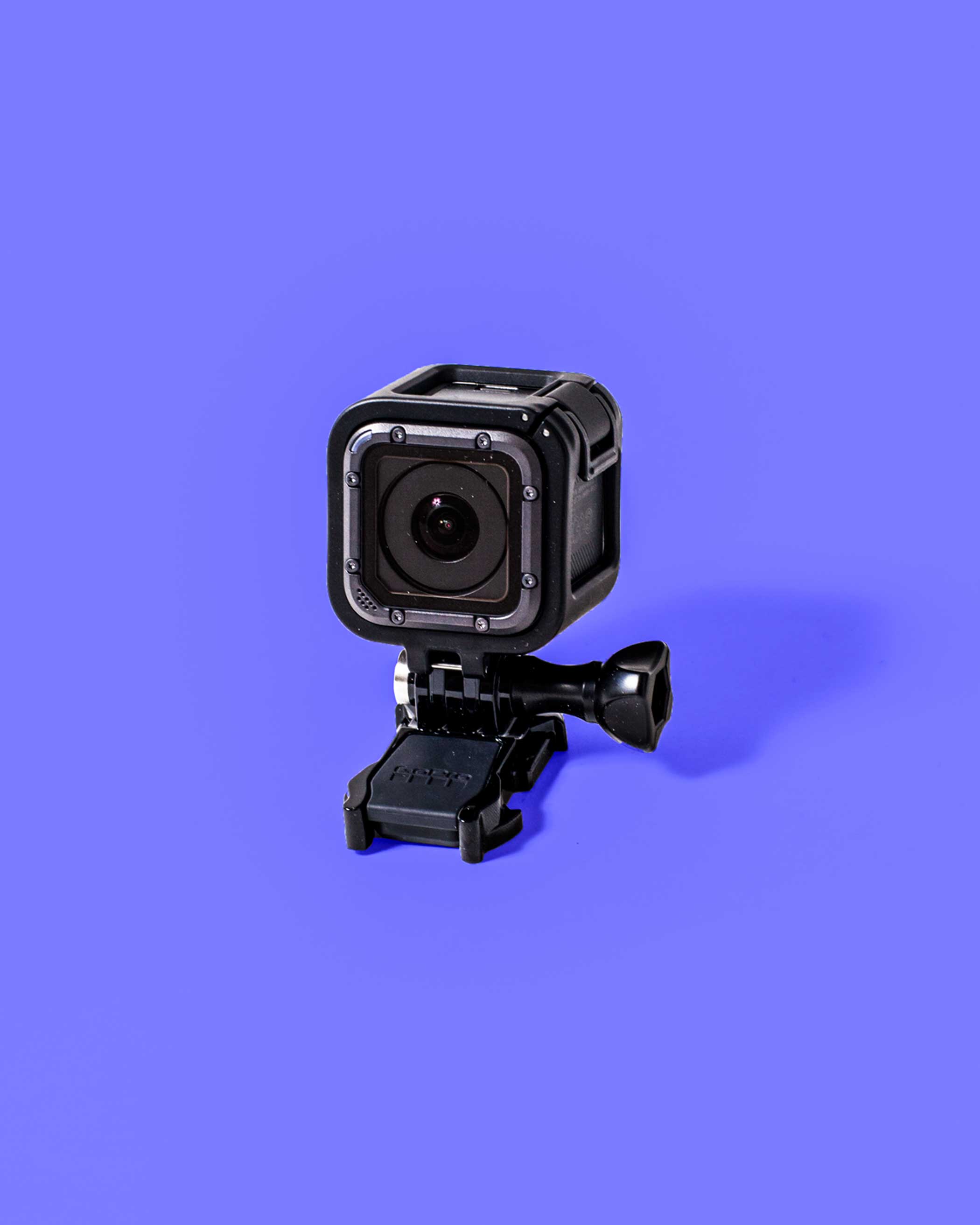
Who’s it for: Videographers looking for a high performance, easy-to-use action camera.
Why we like it: The GoPro HERO5 Session’s voice controls make it immensely more useful, enabling users to start and stop recording without pressing any buttons. More importantly this model can shoot in 4K and is waterproof even without a case. In many ways, it’s what GoPro’s Session camera should have always been.
What to know: The HERO5 Session doesn’t have a screen to preview shots or adjust settings, unlike the more expensive HERO5 Black.
Vizio E-Series 43in. 4K Home Theater Display ($379.99)

Who’s it for: Dorm dwellers or apartment residents who want to make the jump to 4K.
Why we like it: 43-inches of 4K for less than $400 — that’s one heck of a bargain. And Vizio throws in its SmartCast technology (which is essentially a built-in Chromecast), saving consumers even more cash.
What to know: Small but important fact: this is technically not a television, it’s a display. The difference being that displays lack an integrated tuner, so they can’t grab over-the-air signals. In other words, you’re going to need an antenna or a set-top box to watch standard TV on this.
PlayStation 4 Pro ($399.99)
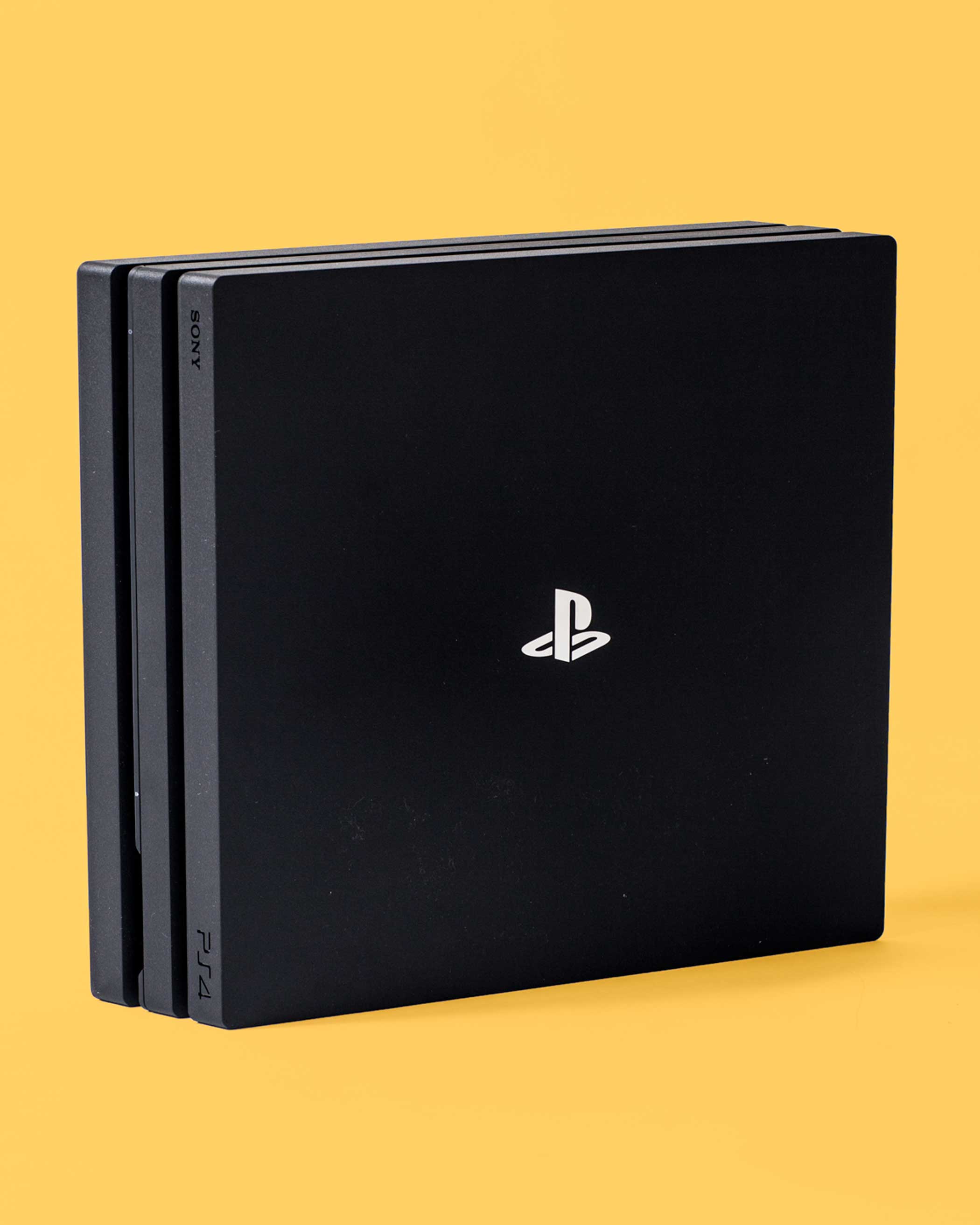
Who’s it for: PlayStation gamers with a 4K TV.
Why we like it: Sony’s souped-up PlayStation 4 delivers the explosive graphical bona fides of a PC two to three times as expensive. PS4 Pro enhanced games like Rise of the Tomb Raider, Ratchet & Clank or Call of Duty: Infinite Warfare look like someone removed a blurred pane of glass from your view. No one’s done what Sony’s attempting, releasing a mid-cycle console with twice the original unit’s power that’s fully forward-backward compatible, while holding the cost at parity with the 2013 launch original.
What to know: Every upcoming PlayStation 4 game will be compatible with the standard-issue PS4, so there’s no need to upgrade just to keep enjoying new titles.
PlayStation VR ($399.99)

Who’s it for: PlayStation gamers who find themselves VR-curious.
Why we like it: Sony’s PlayStation 4-tethered headset hits closest to what feels like first-gen virtual reality’s sweet spot: affordability without meaningful compromise, ergonomic maturity and in a few instances riveting platform-exclusives. And at $399, it’s yours for hundreds of dollars less than its fellow high-enders. It’s the lithely machined and beveled progeny of a multi-billion-dollar global firm’s decades of consumer electronics know-how. It’s design like this that explains why Steve Jobs said he wanted to turn Apple into the “Sony of the computer business” when he returned to the company he founded in 1998.
What to know: It doesn’t ship with the requisite camera or Move controllers; a package with everything you need costs about $100 extra.
Buy Now: PlayStation VR, PlayStation VR Bundle
OnePlus 3 ($399, unlocked)
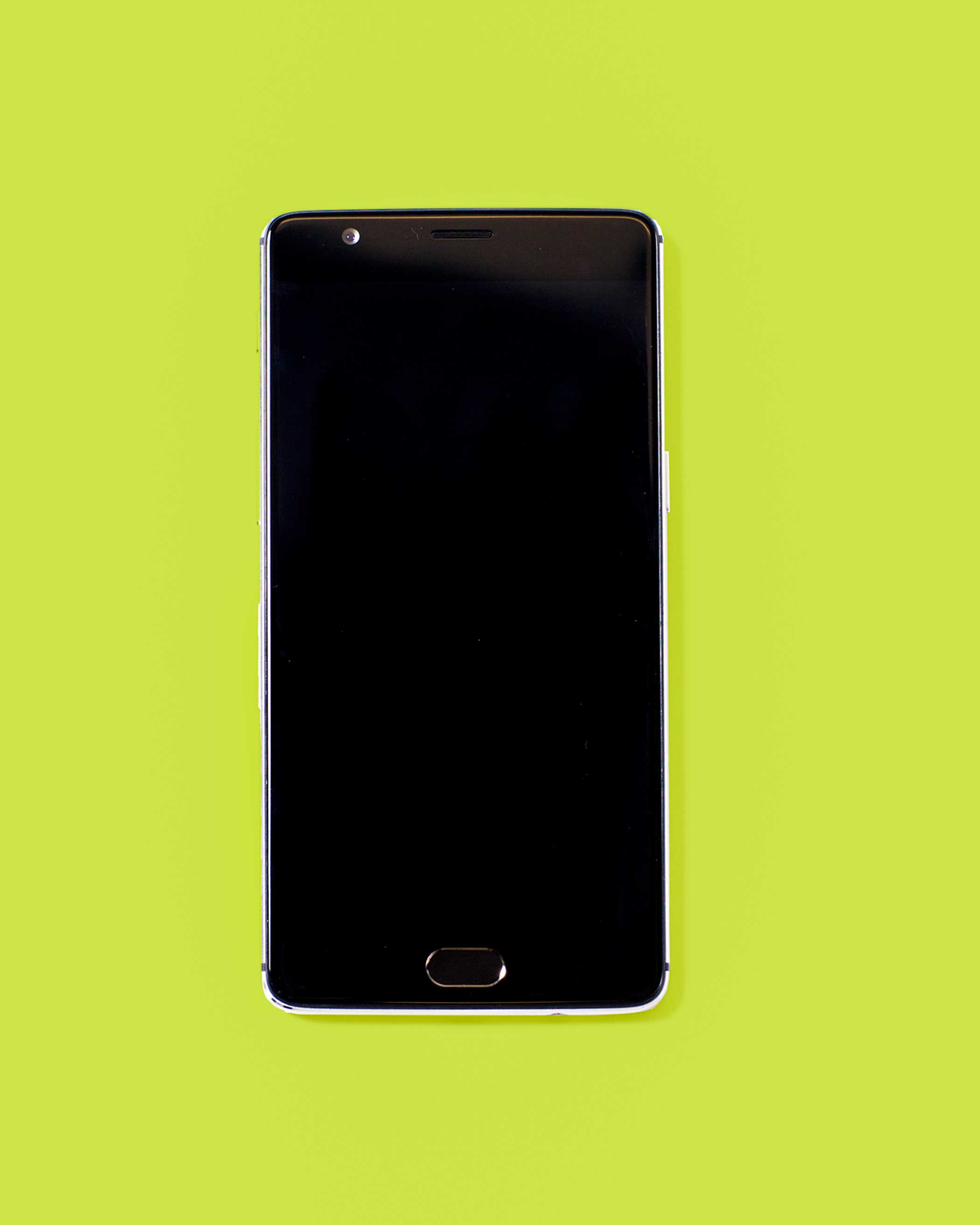
Who’s it for: Android fans looking for an affordable phone that’s pleasant to use.
Why we like it: Chinese startup OnePlus has been calling itself the flagship killer, and for good reason. Its OnePlus 3 phone is roughly $200 less than most premium smartphones and still offers an attractive design, solid performance, a decent camera, and an easy-to-use interface.
What to know: The OnePlus 3’s camera isn’t the best at taking photos in low-light conditions, and the phone doesn’t support expandable storage. (Also consider the new OnePlus 3T, which has beefier specs.)
Buy Now: OnePlus 3 site, Amazon
GoPro HERO5 Black ($399.99)
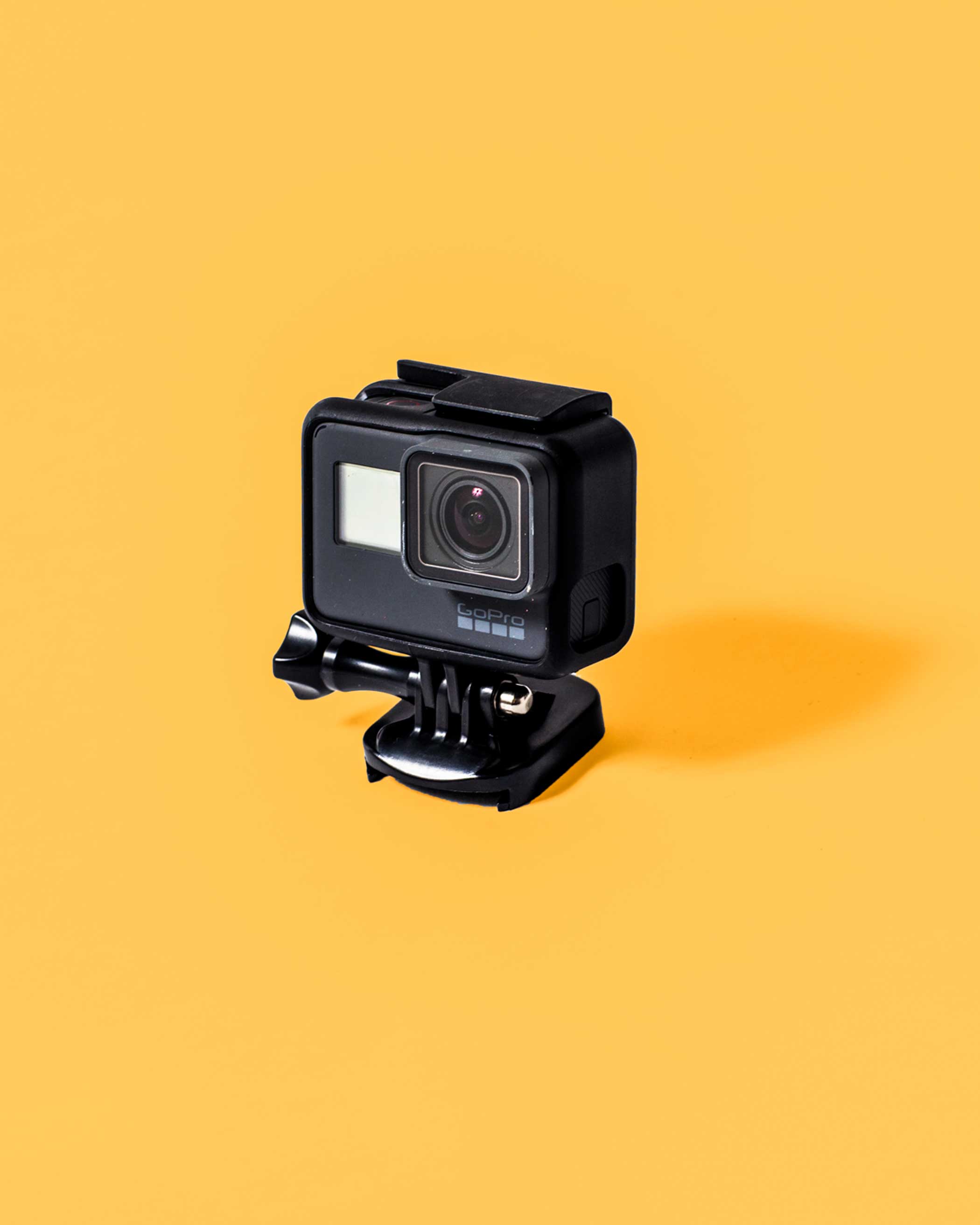
Who’s it for: Action sports and outdoors enthusiasts who want high-quality footage of their pursuits.
Why we like it: GoPro’s latest high-end action camera, the HERO5 Black, packs lots of new features that add up to make it the company’s best product yet. Our favorites are the built-in video stabilization, which results in much steadier shots, and the new voice commands, which make it easier to use without fumbling around with buttons.
What to know: You’ll want a couple extra batteries and a nice big memory card for all that high-def footage you’ll capture. We recommend the SanDisk Extreme 64GB — make sure you get the microSD version.
iPad Pro 9.7 ($599)

Who’s it for: Apple fans and creative-types seeking a portable device for productivity.
Why we like it: This iPad packs the speed and power of Apple’s Pro model into a more manageable size. Its improved screen, which adjusts to match the lighting in your environment, combined with its punchy processor and compatibility with Apple Pencil make it a great choice for those seeking a tablet for both entertainment and productivity.
What to know: Although Apple has made some noteworthy improvements to the iPad Pro 9.7, there isn’t much that differentiates it from the cheaper iPad Air 2, which starts at $399.
iPhone 7 ($649, unlocked)
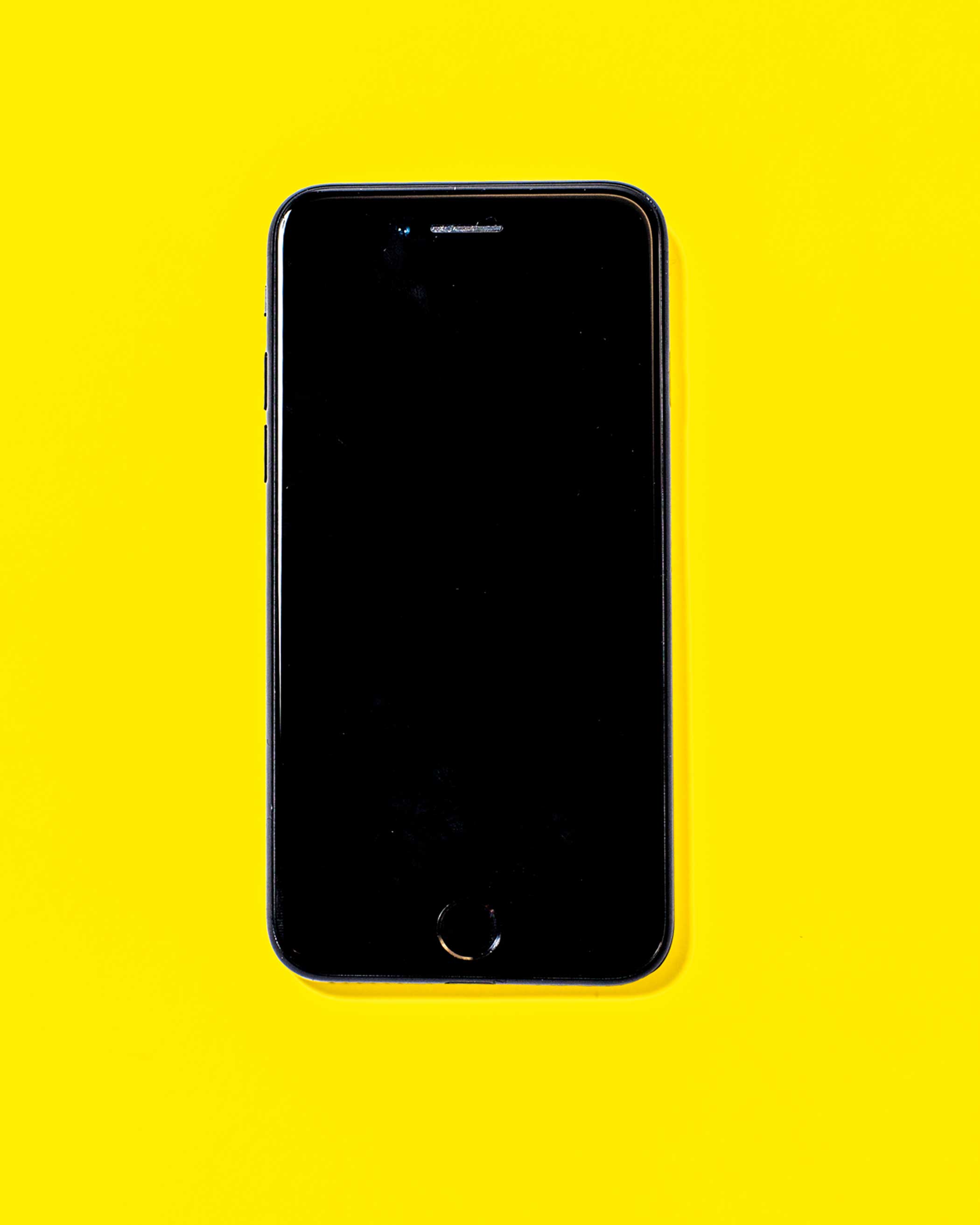
Who’s it for: Anyone ready to upgrade from an older smartphone looking for a great camera, long battery life, and easy-to-use software.
Why we like it: The iPhone 7’s improved camera, faster performance, and water resistance make it Apple’s best iPhone yet.
What to know: There’s no headphone jack, so you’ll need to use the included dongle to continue using legacy headphones. The changes aren’t significant enough to consider upgrading from an iPhone 6s.
Buy Now: Sprint, Verizon, AT&T, Unlocked
Google Pixel ($649, unlocked)
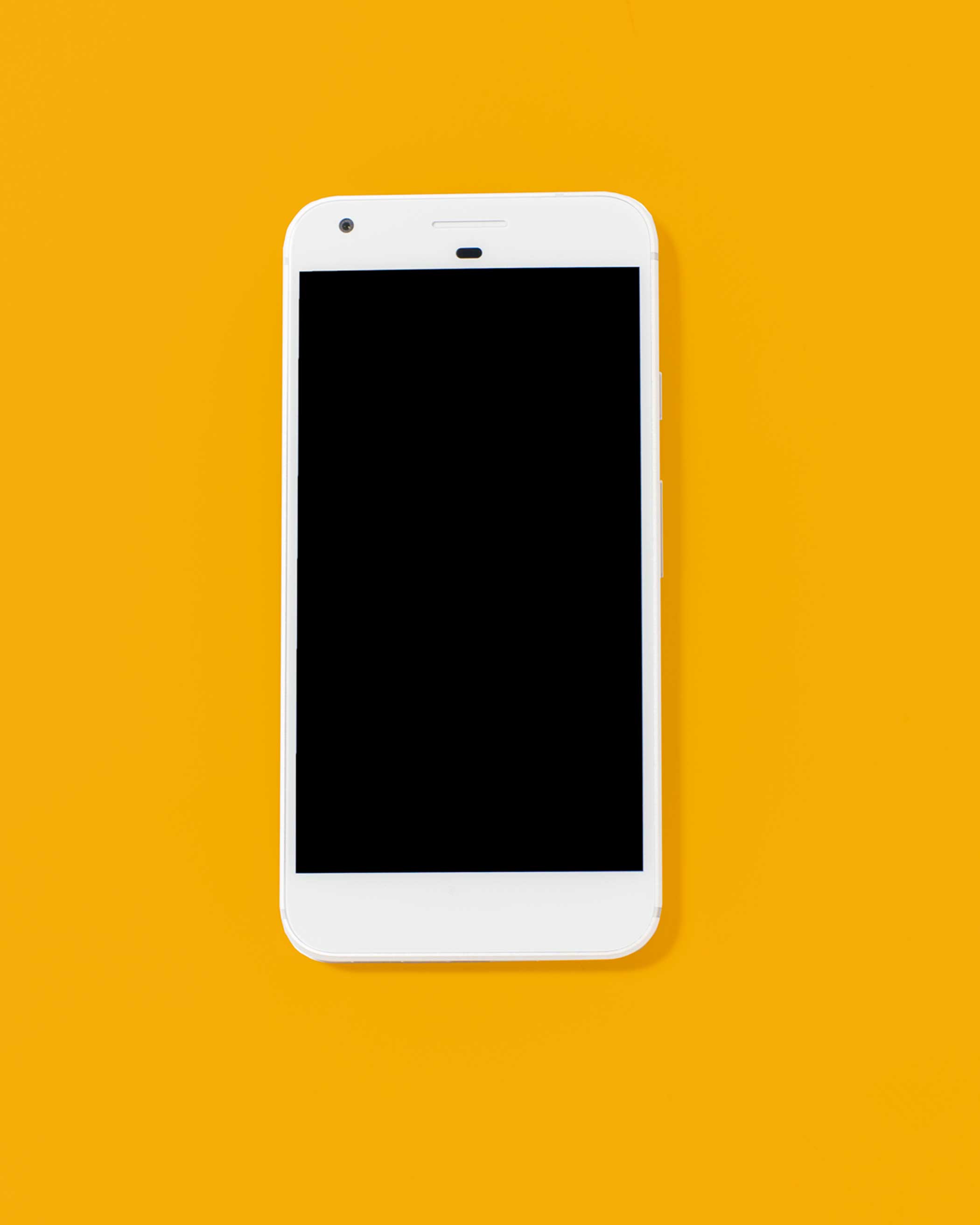
Who’s it for: Android lovers who want a premium smartphone and current iPhone owners thinking about switching.
Why we like it: The Google Pixel’s great camera, clean interface, and premium design make it one of the best phones you can buy, period. The Google Assistant is also helpful for answering basic questions and managing your calendar.
What to know: It’s more expensive than some other Android phones, it isn’t water-resistant, and there are some unnecessary apps.
Samsung Galaxy S7 ($669.99, unlocked)

Who’s it for: Anyone willing to splurge on a premium Android smartphone with an excellent screen and camera.
Why we like it: The Galaxy S7’s colorful display and long battery life along make it a top choice for smartphone shoppers. Its camera is also one of the best, especially for capturing photos in low-light circumstances.
What to know: Its shiny exterior is prone to fingerprint smudges, and it may come with unnecessary apps from your carrier. (This is a different phone than the Samsung Galaxy Note 7, which has been recalled due to battery issues.)
Buy Now: Unlocked, Verizon, Sprint, AT&T
Dell XPS 13 ($799.99)
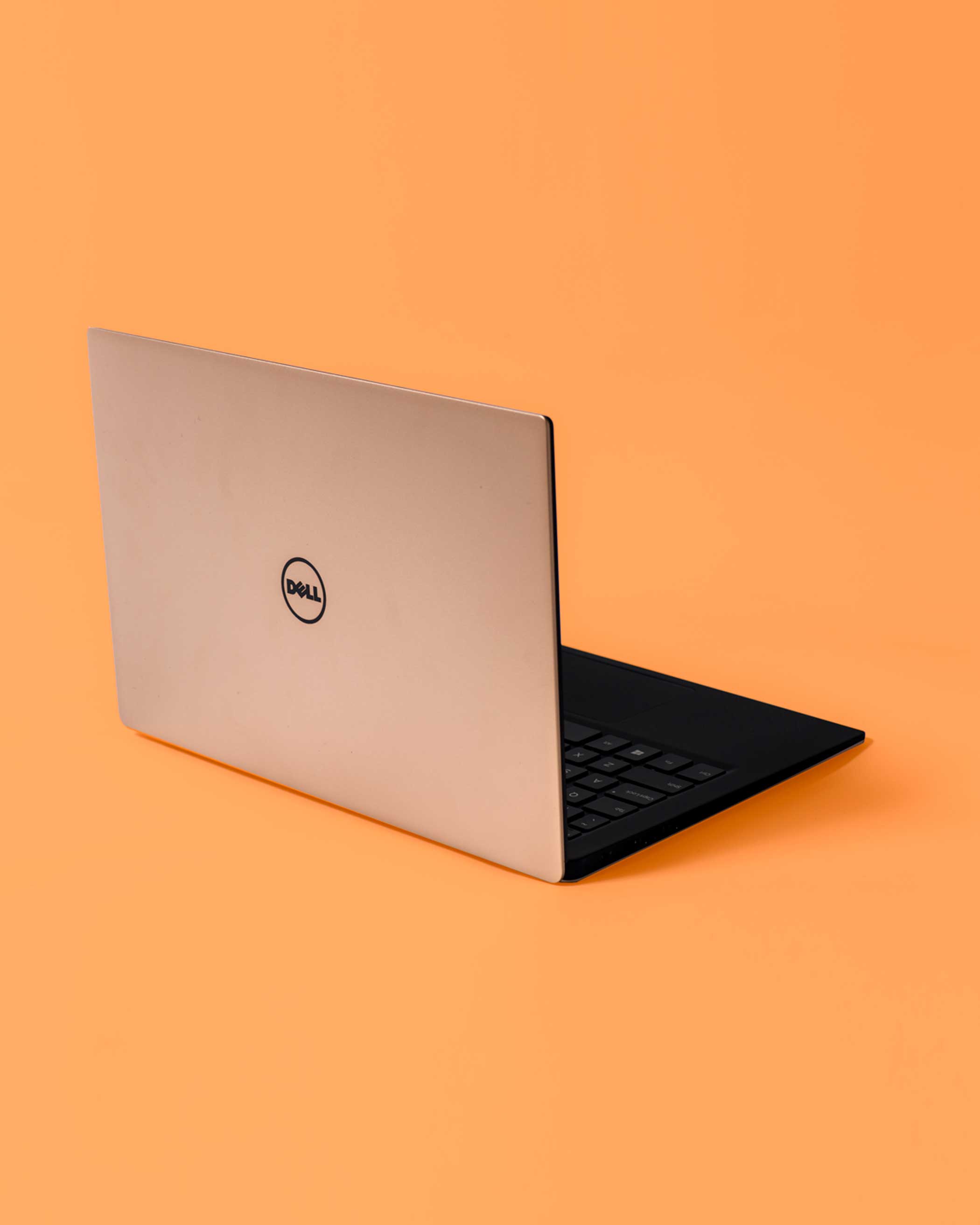
Who’s it for: Windows fans shopping for a premium, high-performance laptop to use as their primary computer.
Why we like it: The XPS 13 offers just about everything you want in a great computer: fast performance, a dazzling screen, long battery life, and a gorgeous design. But what really makes Dell’s laptop stand out is its expansive screen, which Dell calls the “InfinityEdge” display. The bezels around the screen are so slim that the display actually looks larger than that of your standard 13-inch laptop.
What to know: Because of its thin frame, the XPS 13’s webcam is located in an awkward position near the keyboard.
DJI Mavic Pro ($999)

Who’s it for: Drone enthusiasts looking for a highly portable model that captures great footage.
Why we like it: The DJI Mavic Pro is remarkably compact when folded up, fitting in an average-sized backpack with plenty of leftover space. It takes remarkably crisp, stable video and photos. And the new controller is a huge improvement over the models that come with DJI’s Phantom lineup.
What to know: You’ll only get about 20-25 minutes of airtime on a single charge with the Mavic Pro, so buy extra batteries if you want longer sorties.
Razer Blade Stealth + Core ($999.99 for Stealth, $499.99 for Core)

Who’s it for: PC gamers who want a sleek laptop for playing on the go.
Why we like it: The Stealth is a study in metallic minimalism: the 12.5-inch matte black laptop in some protective plastic, its tiny tube-like 45 watt power adapter and a coaster-sized stack of reading material. That’s it. In your hands the closed, half-inch thick body could be a petrified notepad, as lithe and paradoxically unyielding as a MacBook Air. Pair it with a $399 Razer Core Thunderbolt-connected chassis and it’ll let you harness the power of a tricked-out desktop graphics card, transforming your lithesome portable workstation into a screaming games machine.
What to know: As you might expect on a laptop built for high-end gaming, the battery life can leave a little to be desired.
Buy Now: $999.99 for Stealth, $499.99 for Core
Fujifilm X-T2 ($1,599, body only)
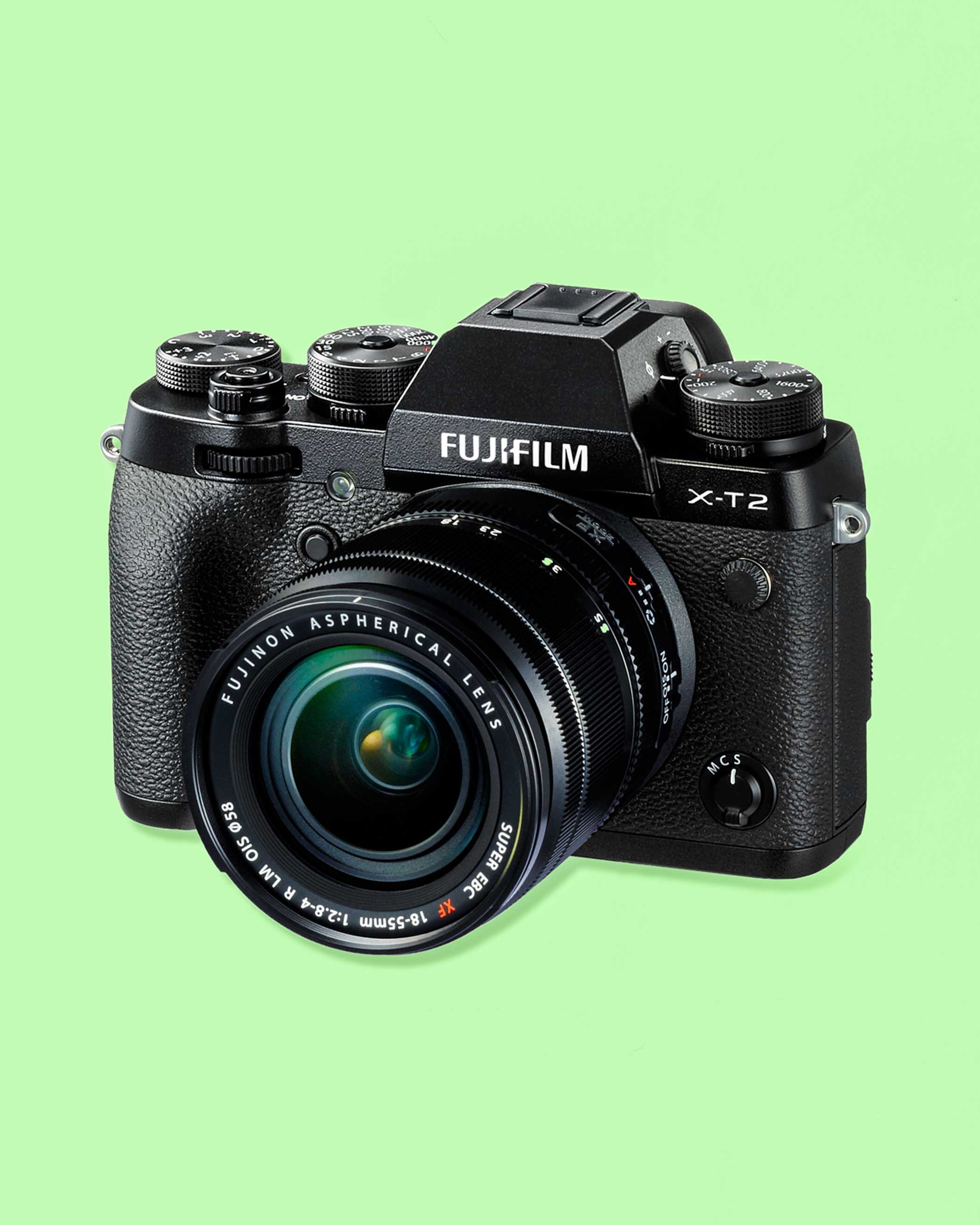
Who’s it for: Hardcore photographers who want a beautiful camera.
Why we like it: The Fujifilm X-T2 may look old school, but don’t let that fool you. It’s one of the best digital cameras on the market today. Shutterbugs will love the X-T2’s dial-in settings, which offer a terrific sense of manual control.
What to know: Using the X-T2 is like driving a stick shift: It’s not for everybody, but it’s deeply rewarding once you’ve got the hang of it.
We’ve included affiliate links in this article. Click here to learn what those are.
More Must-Reads from TIME
- Donald Trump Is TIME's 2024 Person of the Year
- Why We Chose Trump as Person of the Year
- Is Intermittent Fasting Good or Bad for You?
- The 100 Must-Read Books of 2024
- The 20 Best Christmas TV Episodes
- Column: If Optimism Feels Ridiculous Now, Try Hope
- The Future of Climate Action Is Trade Policy
- Merle Bombardieri Is Helping People Make the Baby Decision
Write to Matt Peckham at matt.peckham@time.com